You clicked on 15 Bathroom Decor Ideas, so you probably want a bathroom that feels intentional — not just functional. I get it; I’ve spent four years styling tiny bathrooms, awkward layouts, and one very opinionated landlord’s tile choices. According to my experience, small changes often make the biggest impact, and I like to focus on ideas you can actually pull off without selling a kidney.
Want budget-friendly updates, sleek modern looks, or cozy spa vibes? Good — I’ll walk you through practical tips, product comparisons, and personal tricks I use on client projects. Ready to make your bathroom one of your favorite rooms? Let’s go.
Idea 1: Create a focal wall with tile or paint
Why settle for plain when one wall can do all the talking? I recommend choosing one wall — usually the wall behind the vanity or tub — and making it the star.
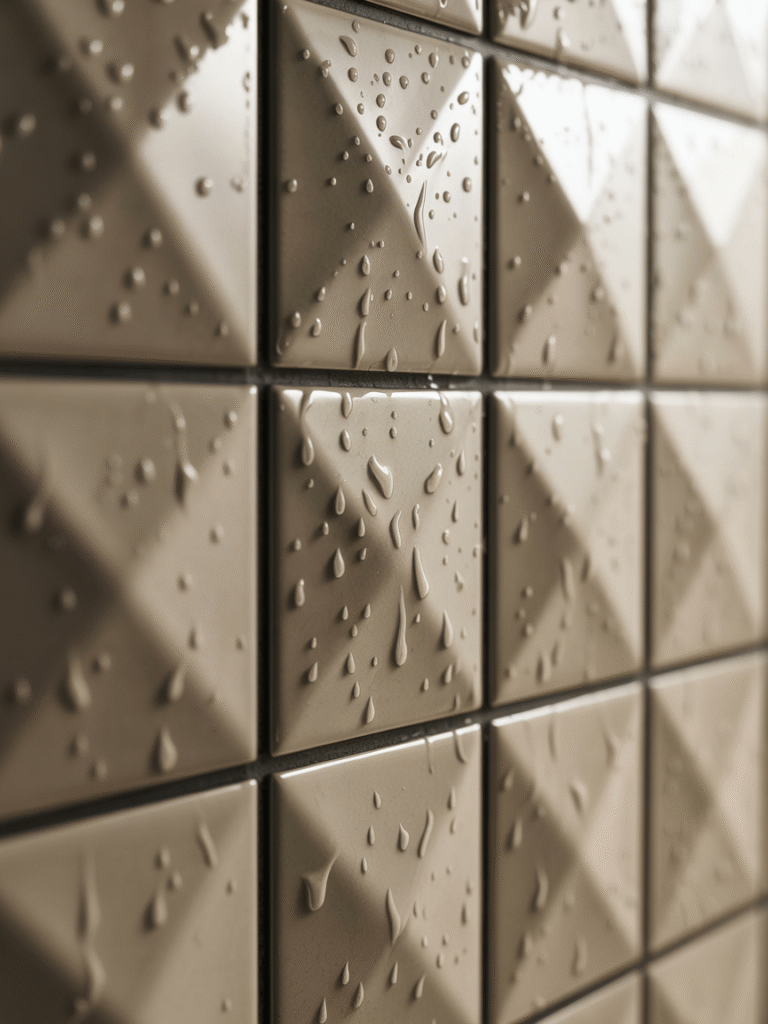
How to choose a focal wall
- Pick a pattern or bold color that complements your overall palette.
- Use subway tile, geometric tile, or waterproof paint for durability.
- Balance by keeping other walls neutral.
In my opinion, patterned tile gives the room personality faster than any accessory. I once used a hex tile in a tiny guest bath and guests asked where I bought it within a week. Yes, people notice.
Idea 2: Swap your hardware for instant polish
You can transform the whole vibe by replacing drawer pulls, faucets, and showerheads. I prefer brushed brass for warmth, matte black for drama, and chrome if you like clean, minimal looks.
Quick hardware upgrade checklist
- Replace faucet and showerhead.
- Swap cabinet handles.
- Match finishes across fixtures for cohesion.
I recommend buying a sample piece first to make sure the finish works with your lighting. I did this on a bathroom where natural light looked warm in photos but cold in real life — lesson learned.
Idea 3: Add open shelving for style and storage
Open shelves look chic and force you to keep things tidy (yes, I know — responsibility). They work especially well in small bathroom decor where bulky cabinets steal floor space.
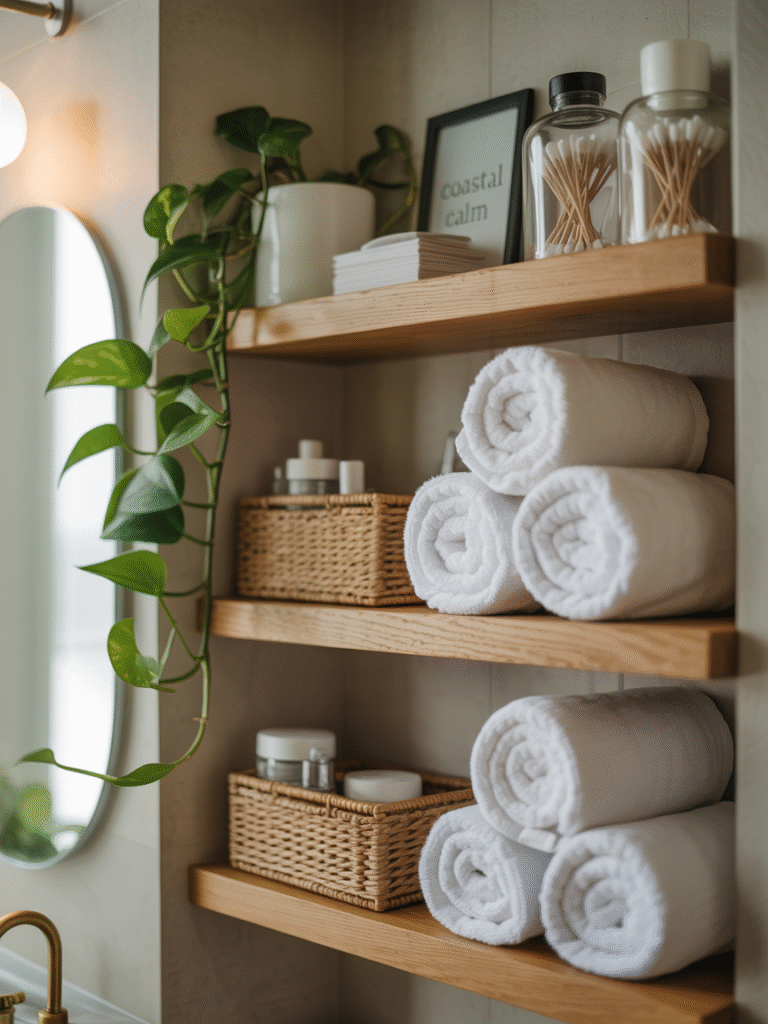
Styling open shelves like a pro
- Group items in threes for visual balance.
- Use woven baskets for hidden storage.
- Keep everyday items on lower shelves for easy access.
According to my experience, open shelves boost storage and style simultaneously. I like to keep two shelves for towels and one for decorative items.
Idea 4: Bring in plants for life and air
Plants make a bathroom feel alive. I prefer low-maintenance options that handle humidity and lower light.
Best plants for bathrooms
- Snake plant — tough and low-light friendly.
- Pothos — fast grower; looks great trailing from a shelf.
- ZZ plant — almost unkillable.
I recommend placing plants near windows or on floating shelves. Don’t overwater — most bathroom plants prefer humidity, not swamp baths.
Idea 5: Upgrade lighting for better mornings and flattering mirrors
Good lighting fixes a lot of problems. I always prioritize layered lighting: ambient, task, and accent.
Lighting setup that works
- Ambient: overhead fixture or recessed lights.
- Task: wall sconces or vertical fixtures beside the mirror.
- Accent: LED strips under floating vanities or niche lighting.
I like vertical lights beside mirrors because they cut shadows on your face during makeup or shaving. In my opinion, replacing a dated ceiling fixture with a modern pendant gave one of my clients a boutique-hotel feel overnight.
Idea 6: Install a statement mirror that doubles as art
Who knew a mirror could steal the show? A statement mirror instantly elevates a bathroom without major renovation.
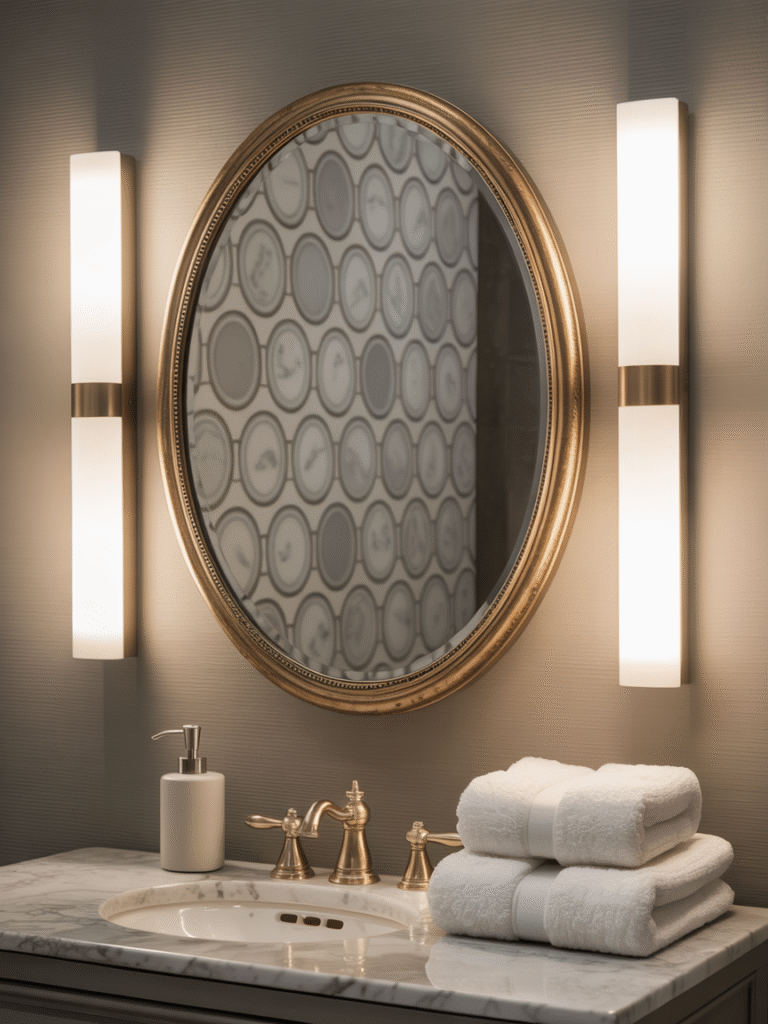
Why I like statement mirrors
- They reflect light, making the room feel bigger.
- They add character, especially when you pick a unique shape or frame.
- They act like art, so you skip wall hangings that fall off in humid rooms.
My recommendation: choose a mirror with a slim metal frame for modern vibes or a carved wooden frame for warmth. I once swapped a plain mirror for an oval brass-framed one and customers kept taking mirror selfies in my staged photoshoot. Yes, it outsold the scented candles.
Idea 7: Use shower niches and built-in storage for a clean look
Clutter kills style and towels on the floor scream “I give up.” I prefer built-in storage like shower niches and recessed shelves because they look intentional and save space.
Practical niche tips
- Plan niches at chest height to avoid bending.
- Add a small LED strip for soft glow and visibility.
- Use contrasting tile inside the niche to make it pop.
I recommend lining the niche with the same tile as your focal wall for cohesion, or choose a bold tile to create a mini feature. In my experience, clients appreciate niches far more than floating caddies because niches stay put and look tidy.
Idea 8: Choose rugs and textiles for warmth and personality
Rugs and textiles bring softness to a room that normally features cold surfaces. A good rug ties the whole look together and keeps your toes happy.
How to pick the right textiles
- Choose absorbent, quick-dry fabrics for bath mats.
- Layer textures: looped cotton for absorbency, plush for comfort.
- Match towels and rugs with an accent color to create cohesion.
I prefer neutral towels with one accent color for a calm, curated look. Want a pop? Add a patterned runner if your floor space allows. Trust me, a well-chosen towel set makes the bathroom feel intentional.
Idea 9: Embrace minimalism with hidden storage and clean lines
Minimalism does not mean boring. I recommend clean lines and hidden storage to create a spa-like, calm bathroom.
Minimalist elements that work
- Floating vanities keep the floor visible and the room airy.
- Concealed cabinets hide toiletries and reduce visual clutter.
- Clear glass shower doors open up the space instead of chopping it visually.
According to my experience, floating vanities make small bathrooms feel larger instantly. I like to combine floating vanities with slim drawer organizers to keep everything organized without sacrificing the minimalist look.
Idea 10: Add texture with natural materials
Tiles, wood, stone, and woven baskets add tactile interest. Texture keeps a monochrome palette from looking flat.
Ways to add texture
- Wood accents, like a teak bench or wooden shelves.
- Stone countertops or pebble shower floors for a tactile contrast.
- Woven baskets for functional storage that looks good.
I recommend using natural materials sparingly if your bathroom gets heavy moisture. For example, use treated or engineered wood and ventilate well. I used a teak stool in a shower-adjacent spot once and it held up beautifully for years.
Quick reminder
If you’re still following my little guide to 15 Bathroom Decor Ideas, nice — you clearly care. In my opinion, the last stretch is where bathrooms stop being “just bathrooms” and start being your bathroom. Ready for the good stuff?
Idea 11: Create a spa corner with a freestanding tub or a dedicated zone
Who doesn’t want a mini-spa at home? I recommend carving a small spa zone even if you can’t fit a freestanding tub. You can get the vibe with a comfy stool, a tray for candles, and a plush towel rack.
Spa corner checklist
- Add a small freestanding tub if space and budget allow.
- Use a wooden bath tray for candles, books, and a drink.
- Install a heated towel rail or keep a hot towel warmer nearby.
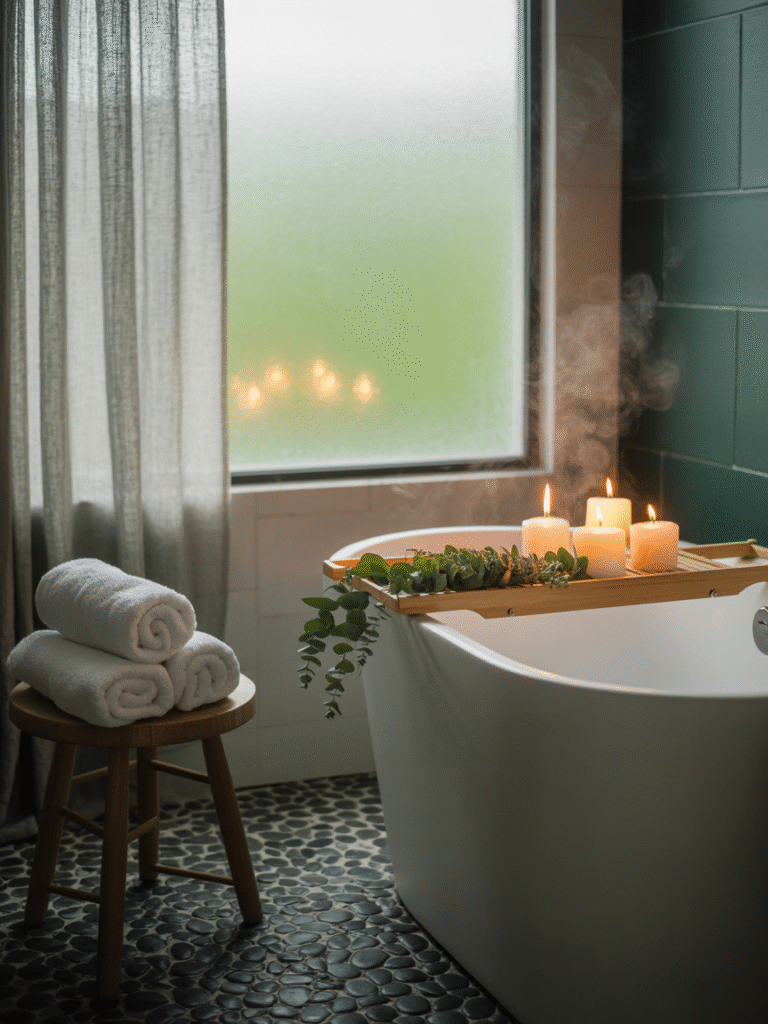
I like to tell clients: you don’t need a mansion to have a spa moment. I once styled a rental bathroom with a luxe bath tray and eucalyptus bundle and everyone thought it cost way more than it did. Cheap trick? Maybe. Effective? Absolutely.
Idea 12: Play with pattern using wallpaper or statement tile
Patterns give personality without clutter. Wallpaper in a powder room packs serious punch, and patterned tile can make a full bath feel curated rather than chaotic.
Pattern play tips
- Use moisture-resistant wallpaper in small, ventilated bathrooms.
- Keep other surfaces neutral to let the pattern shine.
- Consider geometric tiles or a bold floral for a small bathroom accent.
According to my experience, wallpapers with larger patterns read better in small bathrooms than tiny, busy prints. I recommended a bold botanical paper for a client’s powder room and the reaction was: “This feels like a boutique hotel.” That never gets old.
Idea 13: Personalize with art and meaningful accessories
Your bathroom should tell a little story about you. Hang art, display a ceramic you love, or show a framed print that makes you smile. Yes, bathrooms get humid — but many art pieces survive if you avoid direct steam.
How to display art safely
- Choose framed prints behind glass for durability.
- Use metal or waterproof frames near showers.
- Create a small gallery wall behind the toilet or above the towel ladder.
I recommend switching out seasonal prints to keep the room feeling fresh. I like to swap a print or two with the seasons — autumn neutrals, spring pastels. It keeps the bathroom interesting without a full renovation.
Luxury vs Budget: Splurge vs Save Swaps
Want to look expensive without a luxury price tag? Or maybe you want to justify a splurge on something that actually matters. I’ve done both for clients. Here are some splurge vs save swaps that I use all the time.
1. Faucets and Fixtures
- Splurge: Solid brass faucet with ceramic cartridge and lifetime warranty.
Why: It feels heavy, works smoothly, and lasts. - Save: High-quality brushed brass finish from a reputable mid-range brand.
Why: You get the look without the full price tag. I recommend checking warranty details.
2. Lighting
- Splurge: Designer sconces with dimmable LED and integrated diffusers.
Why: They provide flattering, even light and last longer. - Save: Good-quality sconces in the same finish paired with LED bulbs and a dimmer switch.
Why: Dimming changes mood more than brand does. I prefer this when budgets tighten.
3. Countertops
- Splurge: Natural stone like marble or quartzite for real character.
Why: It gives an organic, luxe vibe that photographs beautifully. - Save: Engineered quartz with a marble-look finish.
Why: It resists stains and costs much less. I recommend this to students and renters.
4. Tiles
- Splurge: Handmade or artisan tiles with unique glazes.
Why: You get texture and character no mass tile can replicate. - Save: Porcelain lookalikes or large-format tiles to reduce grout lines and cost.
Why: You mimic a high-end look and make cleaning easier. I often pick large-format tiles for busy bathrooms.
5. Towels and Textiles
- Splurge: 700+ GSM Turkish cotton towels for ultimate plushness.
Why: They feel indulgent and last with care. - Save: 500–600 GSM cotton towels from a reliable brand.
Why: They dry faster and still feel nice. I recommend investing in two splurge towels for weekend indulgence and using the others daily.
Quick buying tips (because shopping online can be a trap)
- Read the return policy before you click buy. I learned this the hard way when a “matte brass” turned out to be bright gold.
- Order samples when possible — tile, paint, and fabric colors vary on screens.
- Measure twice and buy once. I promise that’s real estate advice for bathrooms too.
We’re at the finish line — the last stretch of my 15 Bathroom Decor Ideas. Ready for two smart, high-impact moves and the real-life maintenance tips that keep everything looking expensive and effortless? Let’s finish strong.
Idea 14: Add smart tech and better ventilation for comfort and longevity
Smart gadgets make a bathroom feel modern and actually more pleasant to use. I recommend a few practical tech upgrades that I install for clients who want convenience without gimmicks.
Smart tech I recommend
- Heated floors — they change winter mornings into something delightful. I prefer programmable thermostats so you heat only when needed.
- Smart shower systems — set exact temperature and water flow; no more awkward cold surprises.
- Fog-free or LED smart mirrors — these combine anti-fog with built-in lighting and sometimes Bluetooth. I like the ones with dimming controls.
- Motion-sensor night lights — they save fumbling around and look clever.
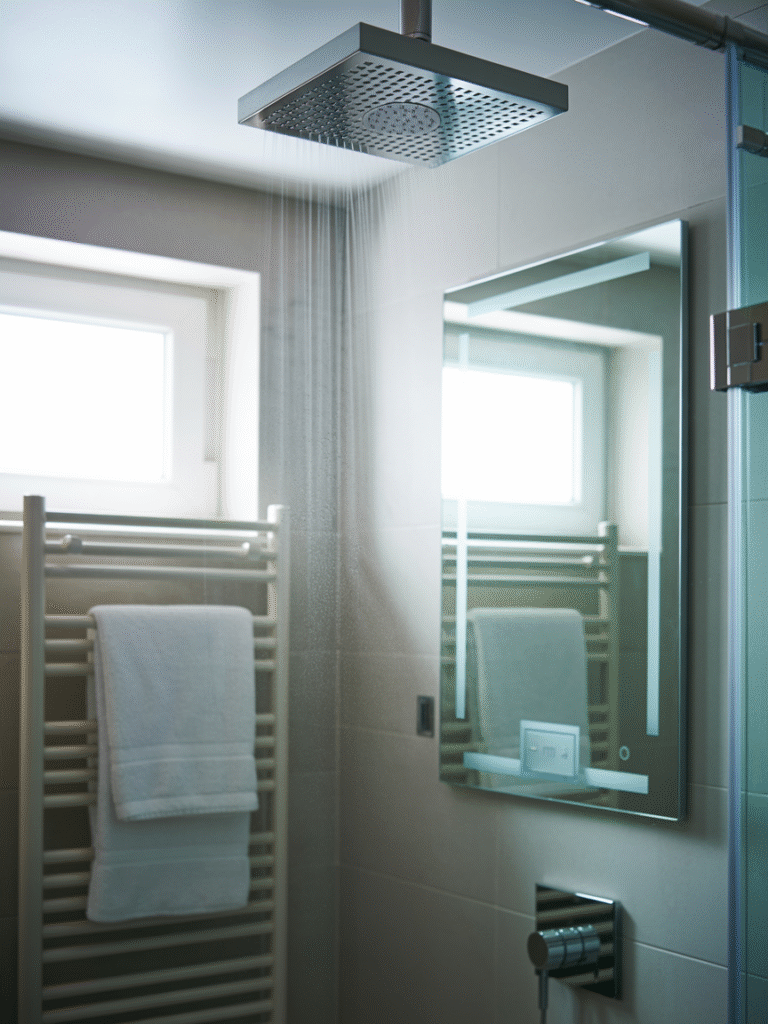
Why ventilation matters (and how to do it right)
- Vent fans prevent mold and paint peel. I recommend a fan that vents outside, not into an attic.
- Choose a fan with a humidity sensor so it runs only when you need it.
- Add a timer so the fan runs a few minutes after showering to clear steam.
According to my experience, the smartest upgrades feel invisible after a week — you stop noticing them and just enjoy the comfort. Isn’t that the whole point?
Idea 15: Nail the color scheme — cohesion beats chaos
Color can make or break a bathroom. I recommend choosing a palette and sticking to it like glue, but with room for a few deliberate accents.
Easy color strategies
- Monochrome with texture: pick one color (white, gray, beige) and mix textures to keep interest. I like this for rental bathrooms because it stays timeless.
- Neutral base + one accent: choose neutral walls and add a bold accent color in towels, rugs, or a focal tile. I prefer deep green or navy blue for permanence and depth.
- High-contrast drama: pair matte black fixtures with bright white tiles if you want a modern, graphic look.
Quick color tips I always follow
- Pick paint and tile samples and view them under the bathroom’s light before you commit. I learned this after a teal that looked gorgeous in the store turned murky under my client’s warm LED bulbs.
- Use color in small doses if you fear commitment — towels, soap dishes, and art give instant personality without being permanent.
- Match metal tones across fixtures to keep the palette coherent. I like to stick to one metal finish unless I intentionally mix for a layered look.
In my opinion, a considered color palette makes everything look curated rather than accidental. Would you rather live in a room that feels assembled or designed? I know which one I pick.
Final Styling Tips: small moves that pack a punch
You don’t always need a renovation to make a bathroom feel new. I use these styling moves in every project.
Layer light and texture
- Combine ambient and task lighting so you get both mood and function.
- Layer textiles and materials: wood, metal, soft cotton, and a small rug create warmth.
Keep things edited
- Limit countertop clutter to two or three essentials. I like one soap dispenser, one tray, and one small plant.
- Use uniform containers for cotton balls and q-tips to make storage pretty.
Add scent and small rituals
- Use a signature soap or candle to make the bathroom smell intentional.
- Create a tiny ritual spot: a tray with a small candle and a rolled towel feels spa-like and practical.
Use mirrors to create depth
- Group mirrors or use a large one to visually widen the space. I once doubled a bathroom’s perceived size with a single oversized mirror.
Think vertically
- Stacked shelves or a tall linen cabinet wastes less floor space and draws the eye up, making ceilings appear higher.
Bold takeaway: Small styling choices create big emotional returns. If you can’t do everything, pick two of these tips and execute them well.
Maintenance Checklist: keep it looking good (without drama)
Great decor only lasts if you maintain it. I like simple, realistic routines that my clients actually follow.
Daily quick wins (2–5 minutes)
- Wipe down shower glass after use or squeegee it to prevent water spots.
- Hang towels to dry to avoid mildew.
- Keep the sink clear of product build-up.
Weekly tasks (15–30 minutes)
- Clean grout lines with a brush and a gentle cleaner.
- Wipe down fixtures and mirrors; polish finishes with a soft cloth.
- Wash bath mats and rotate towels.
Monthly/seasonal checks
- Inspect grout and re-seal if grout looks porous. I recommend resealing tile grout every 6–12 months in high-moisture bathrooms.
- Clean the vent fan and replace filters if applicable.
- Check caulking around tubs and sinks; re-caulk if you find cracks to prevent water damage.
Tools and products I recommend
- Grout brush for precision cleaning.
- Microfiber cloths for streak-free mirrors and fixtures.
- pH-neutral cleaners for natural stone and sensitive tiles.
- Squeegee for quick shower cleanups.
According to my experience, the difference between a styled bathroom and a neglected one often comes down to a consistent five-minute routine. Which would you rather do: five minutes daily or a full scrubbing weekend? I’ll take the five minutes every time.
Short troubleshooting guide (because life happens)
- Foggy mirror after shower? Use a fog-free mirror or improve ventilation. I like motion-sensor night lights with anti-fog features.
- Persistent mold on grout? Improve airflow, use a mold-killing grout cleaner, and consider re-grouting.
- Yellowing towels? Wash with a cup of white vinegar once in a while to remove buildup. I do this on every third wash.
Conclusion: wrap-up, quick plan, and a nudge
You made it. Here’s the short version — a no-fluff checklist to take action.
Quick action plan (pick one and run with it)
- Budget boost: Swap hardware and add a statement mirror.
- Design boost: Create a focal wall with tile or paint and layer in texture.
- Comfort boost: Install better lighting and a humidity-sensing fan.
Bold final thought: You don’t need a full renovation to make your bathroom feel like a personal retreat. According to my experience, small, intentional changes create the biggest emotional impact. I recommend picking one statement move from this guide and doing it well.
Want me to draft a shopping list tailored to your bathroom size, budget, and preferred style? I can make one with exact items, finishes, and budget tiers — I love this part. Or if you prefer, send a photo and I’ll give quick styling notes. Either way, I like to help finish what I start.
Thanks for sticking with my 15 Bathroom Decor Ideas — go make your bathroom the room that finally gets compliments. And if anyone asks whether you redecorated, smile and say, “Just a little something I tried.”

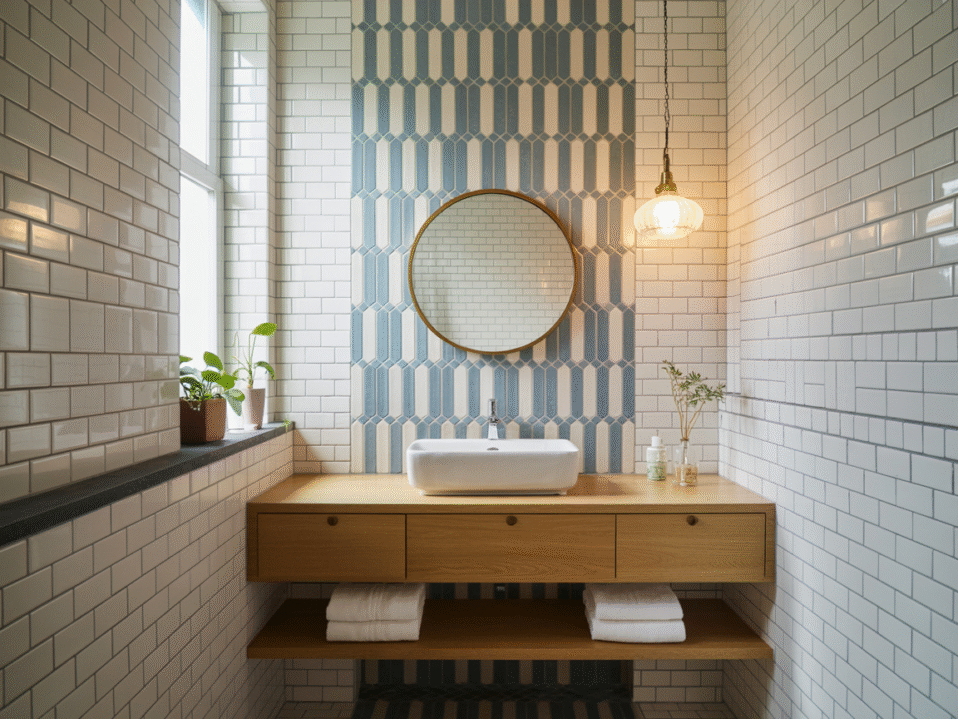
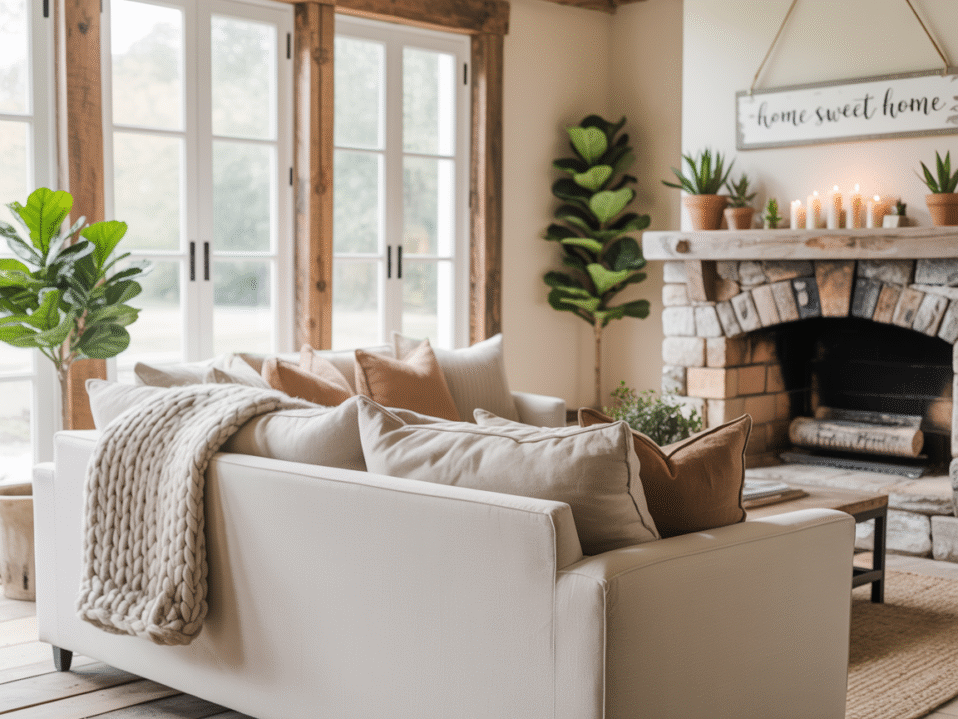
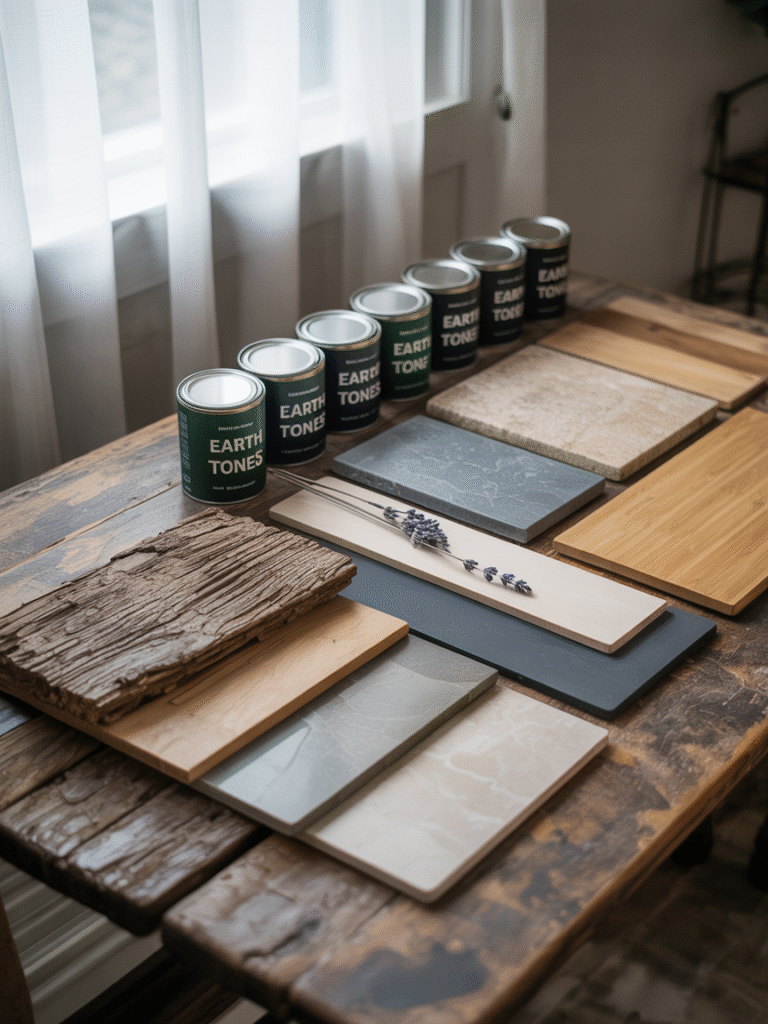
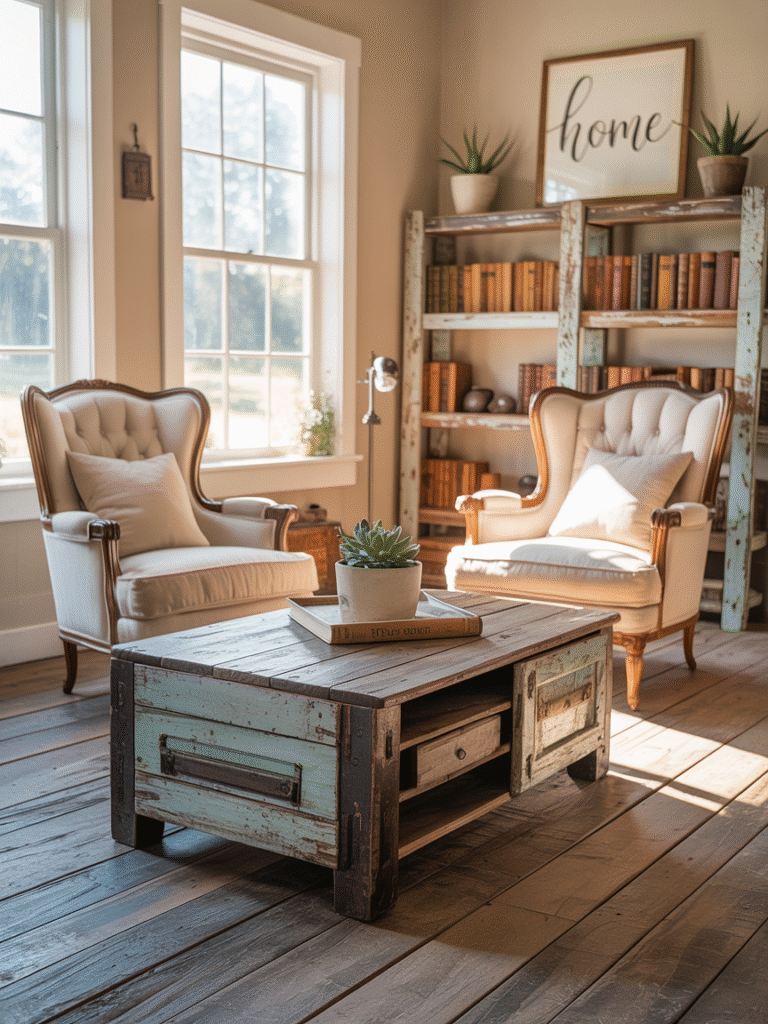

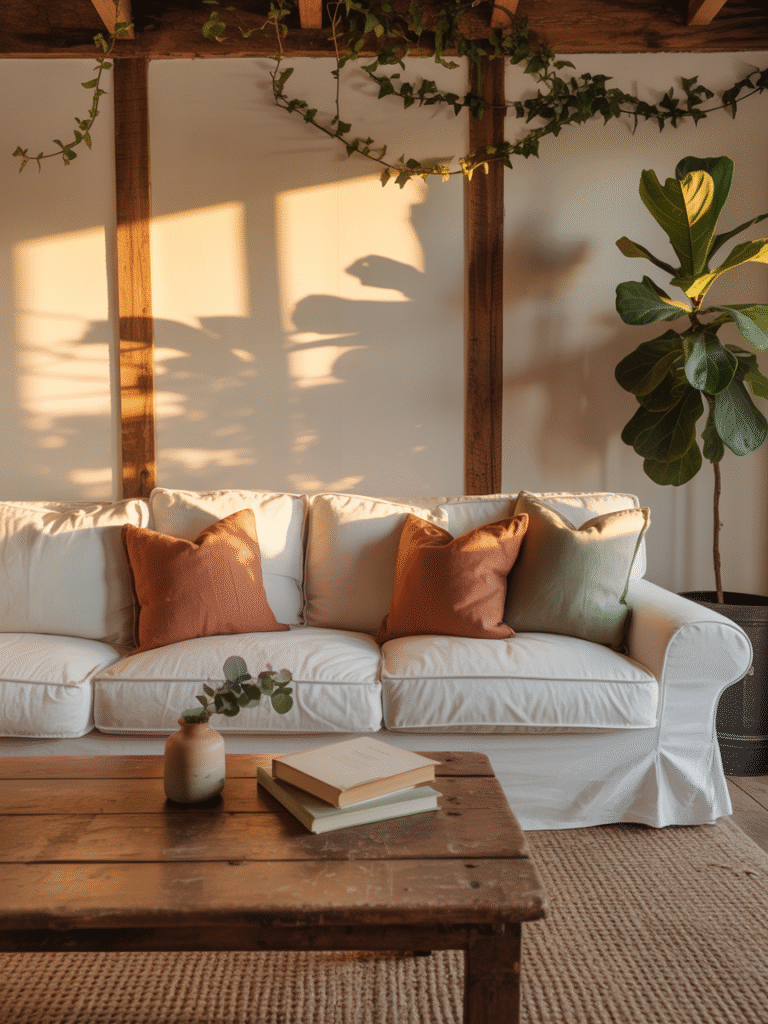
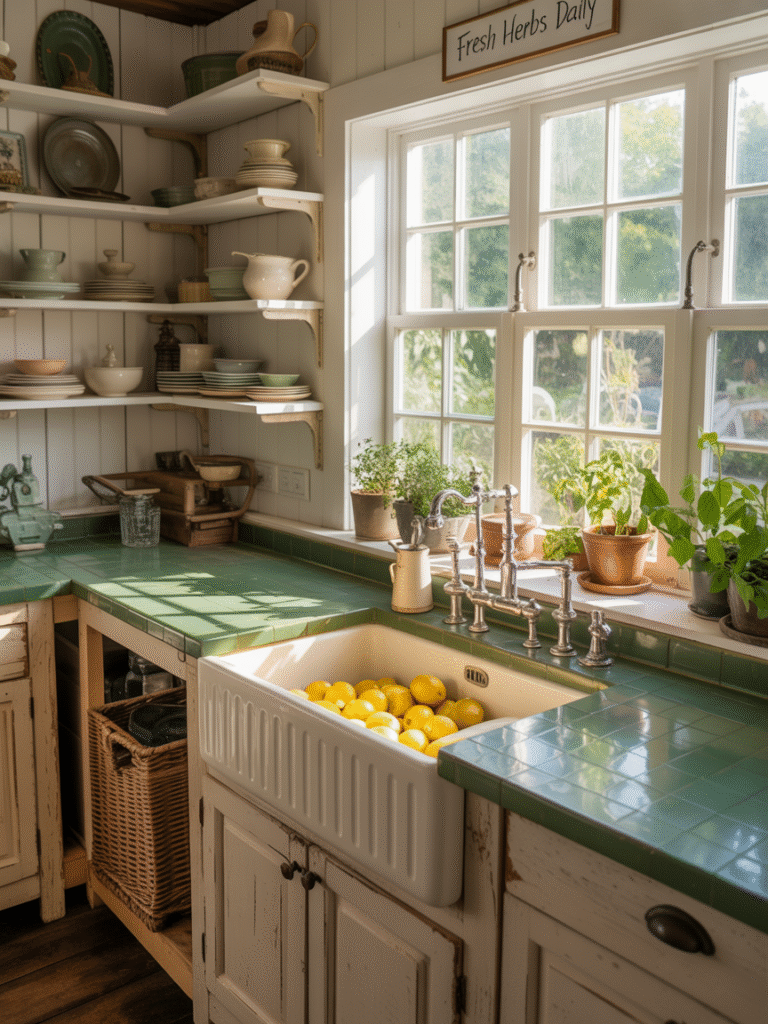
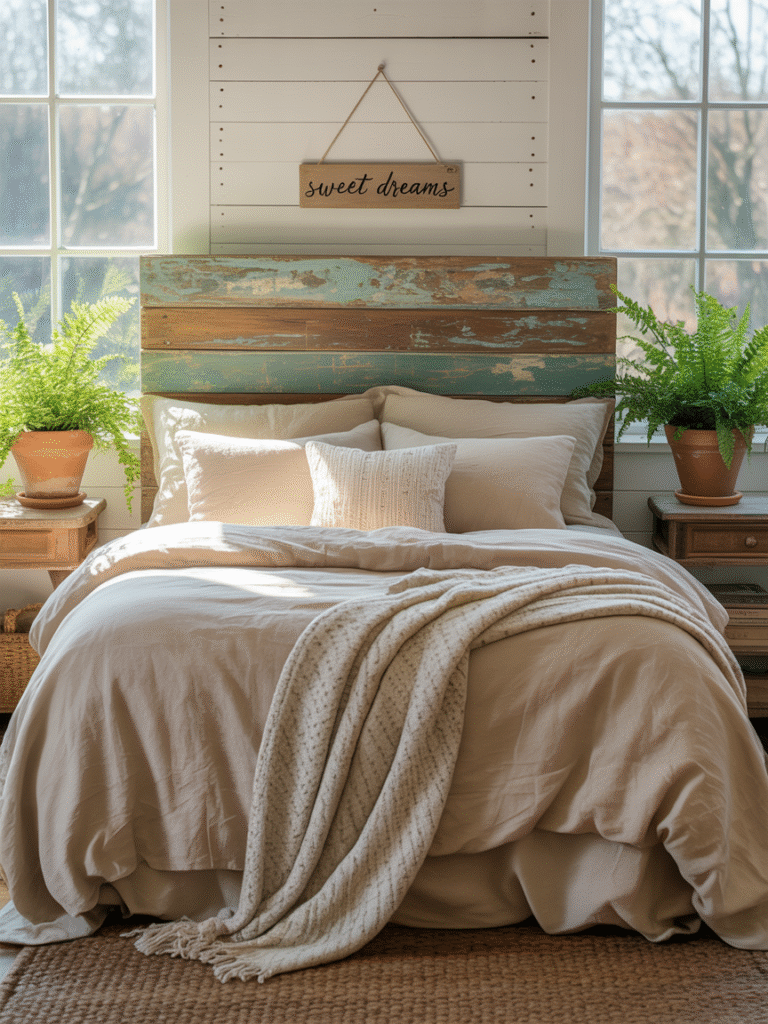
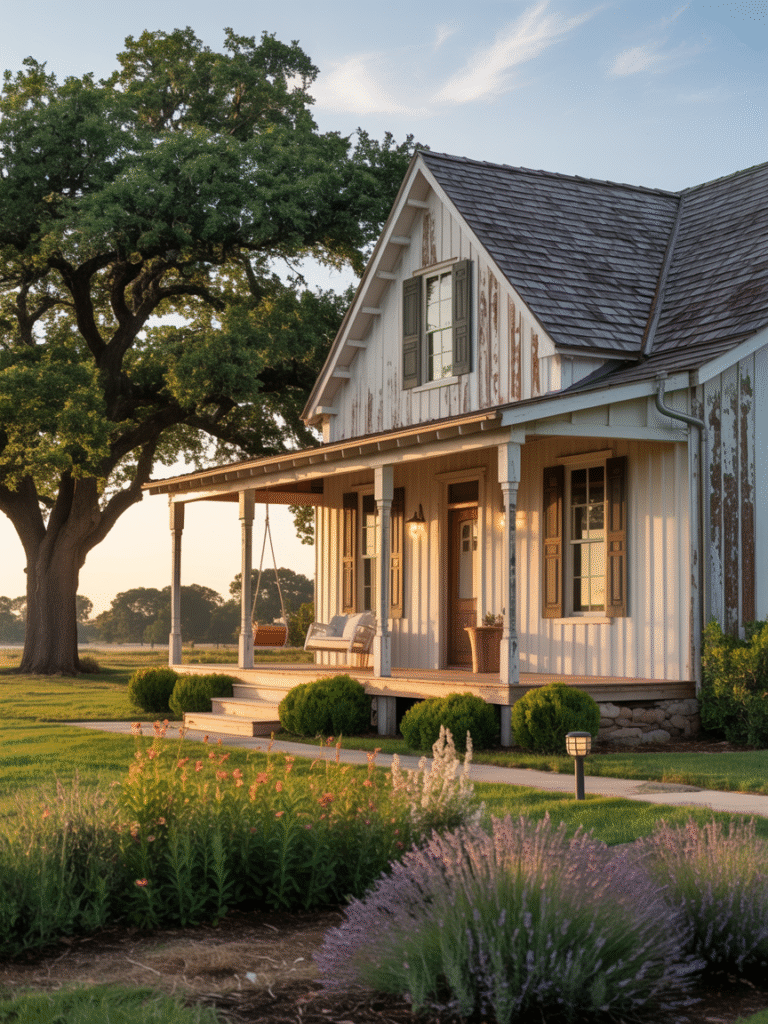

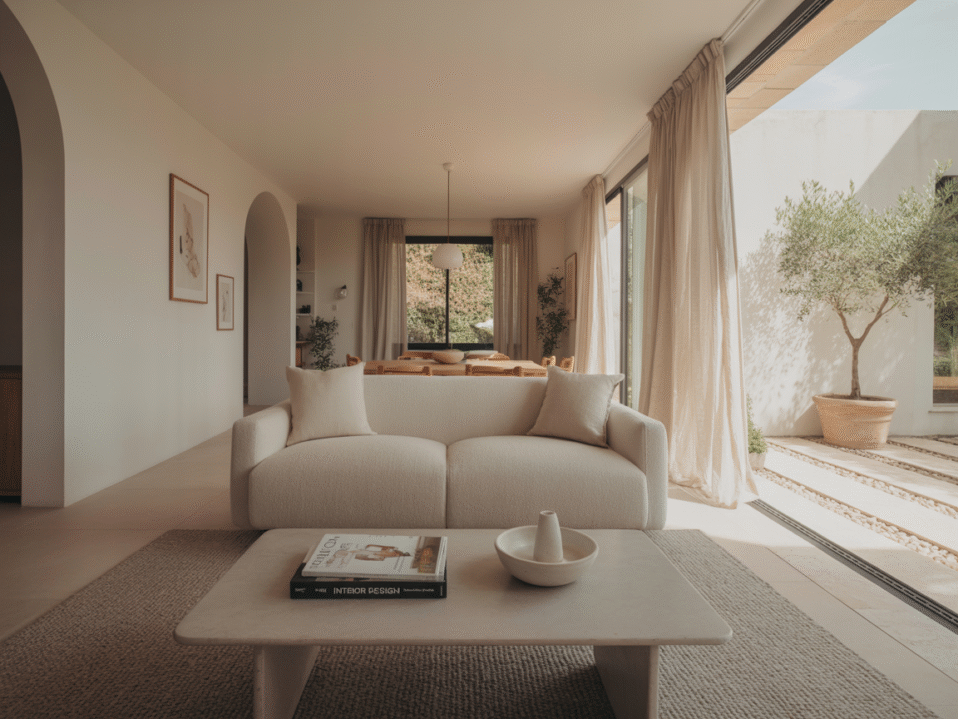

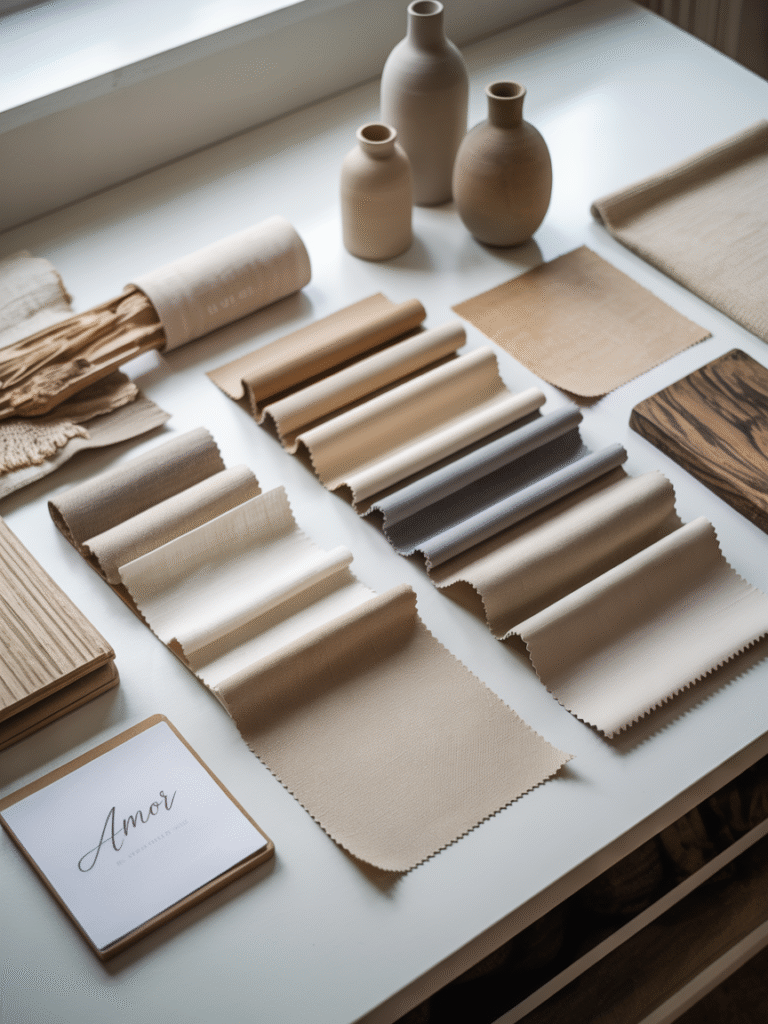
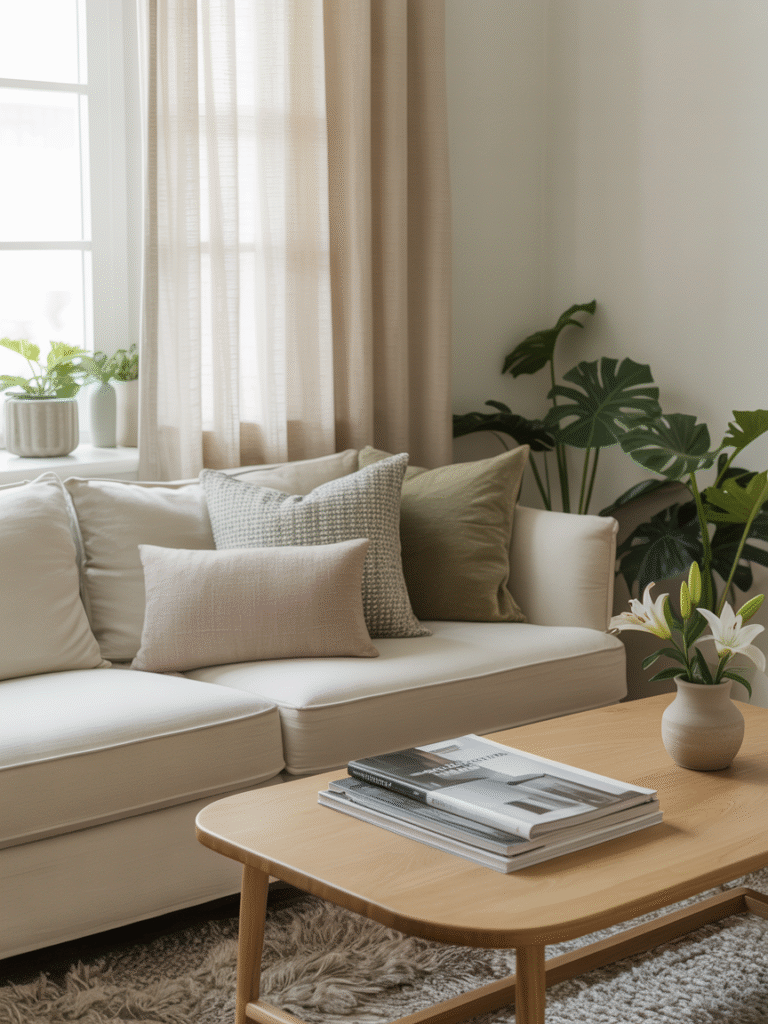

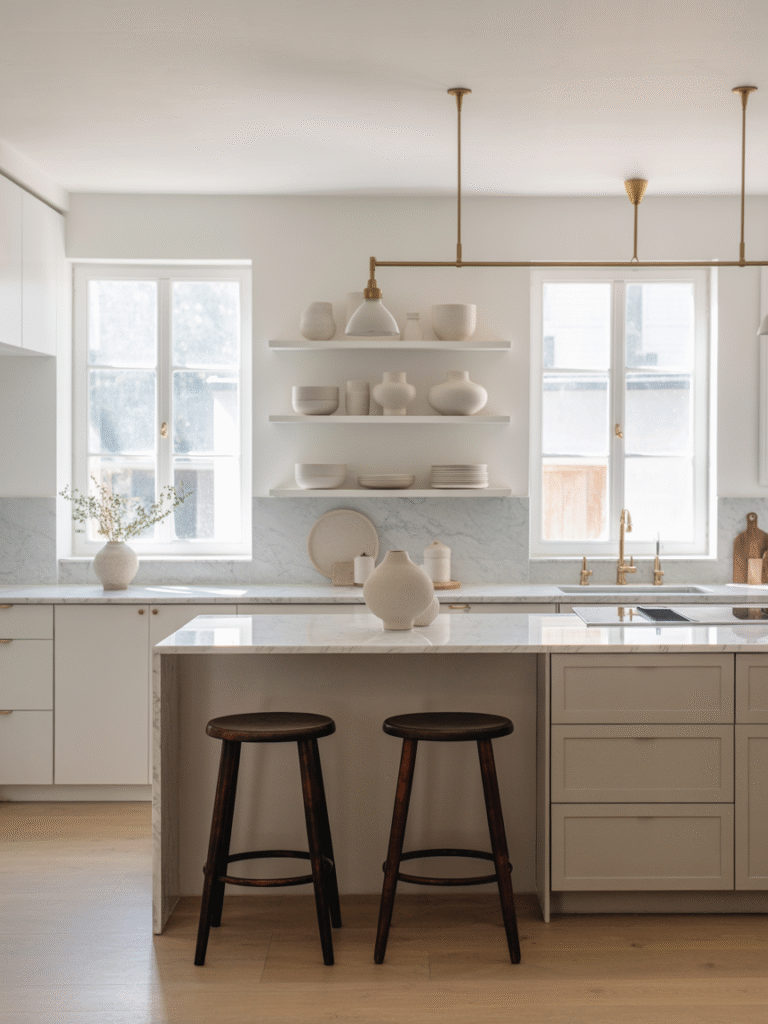
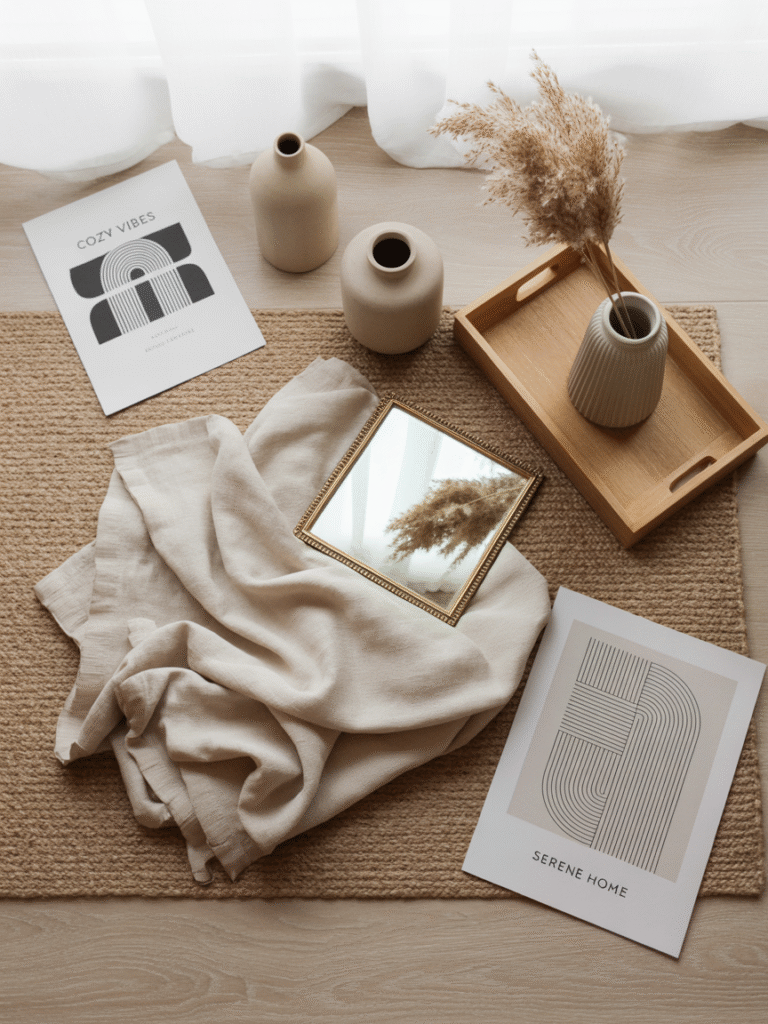

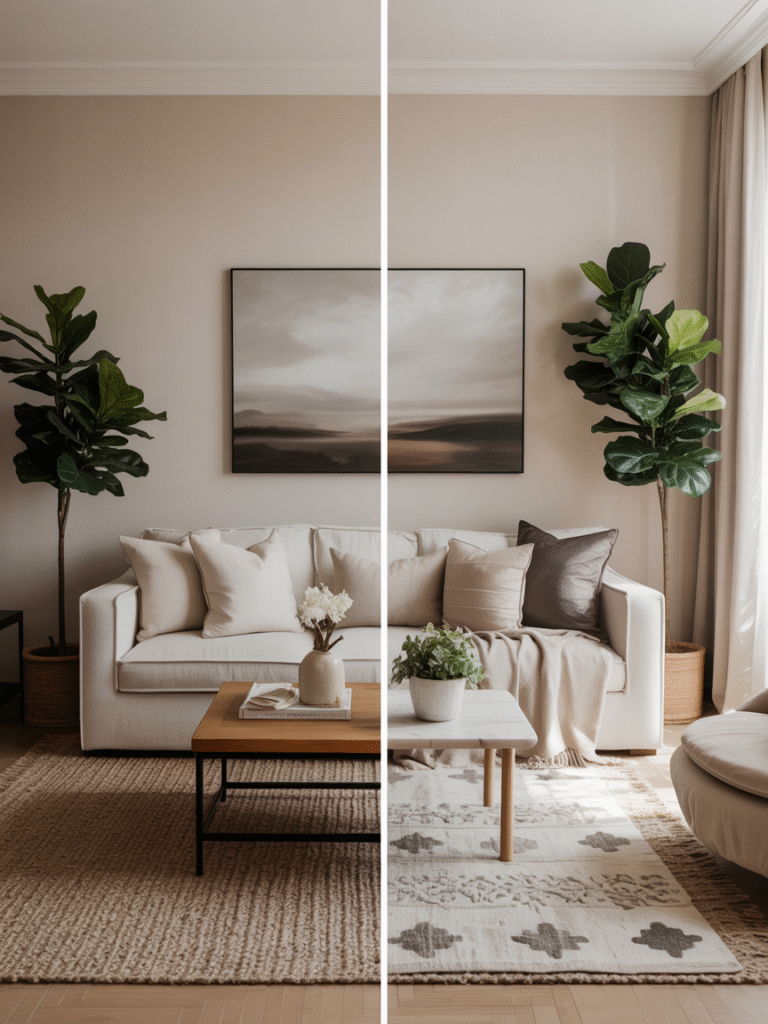
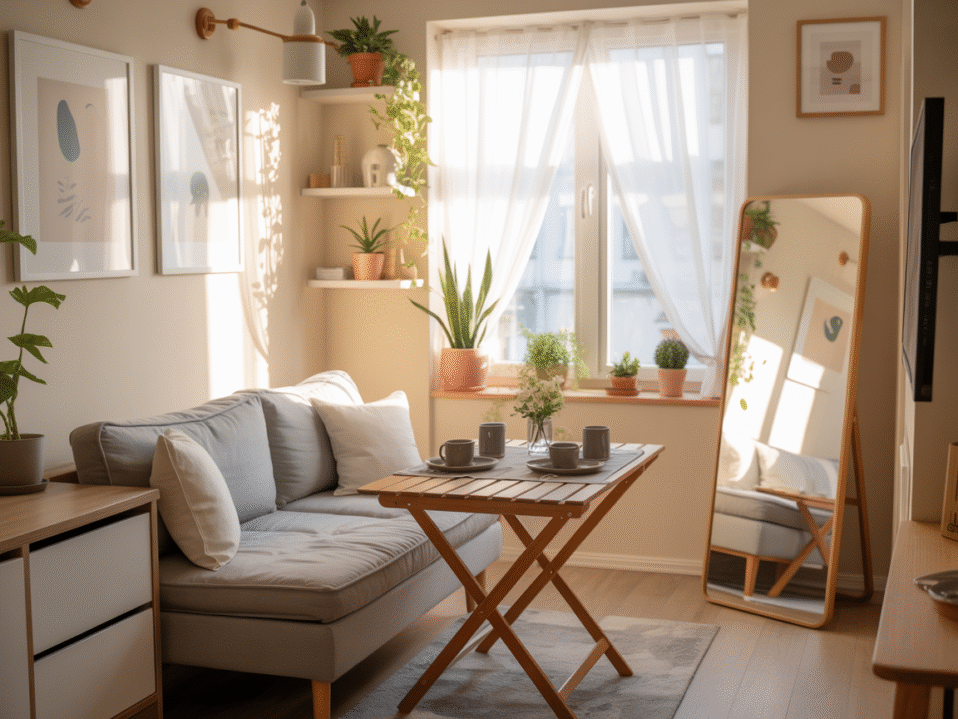
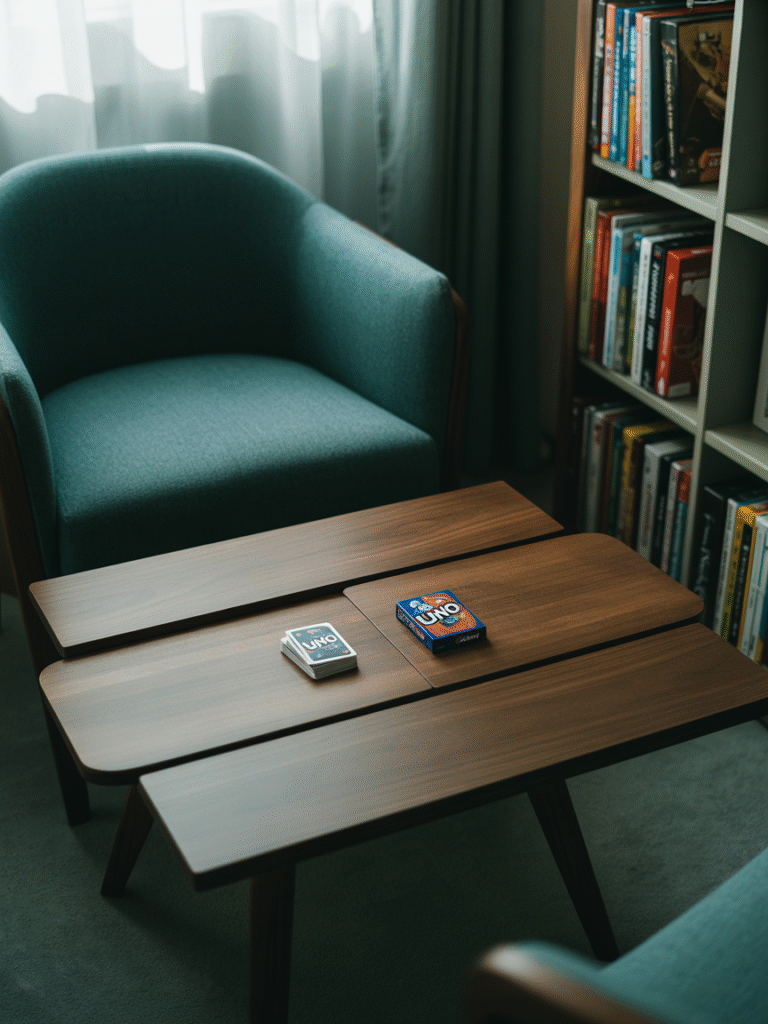
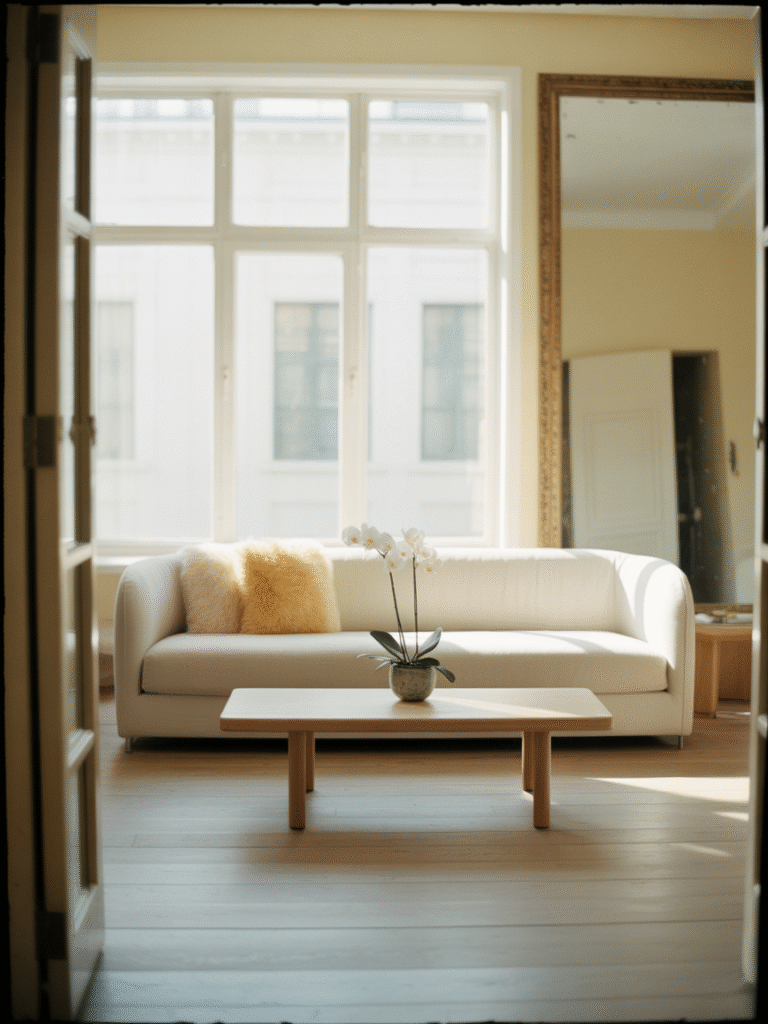

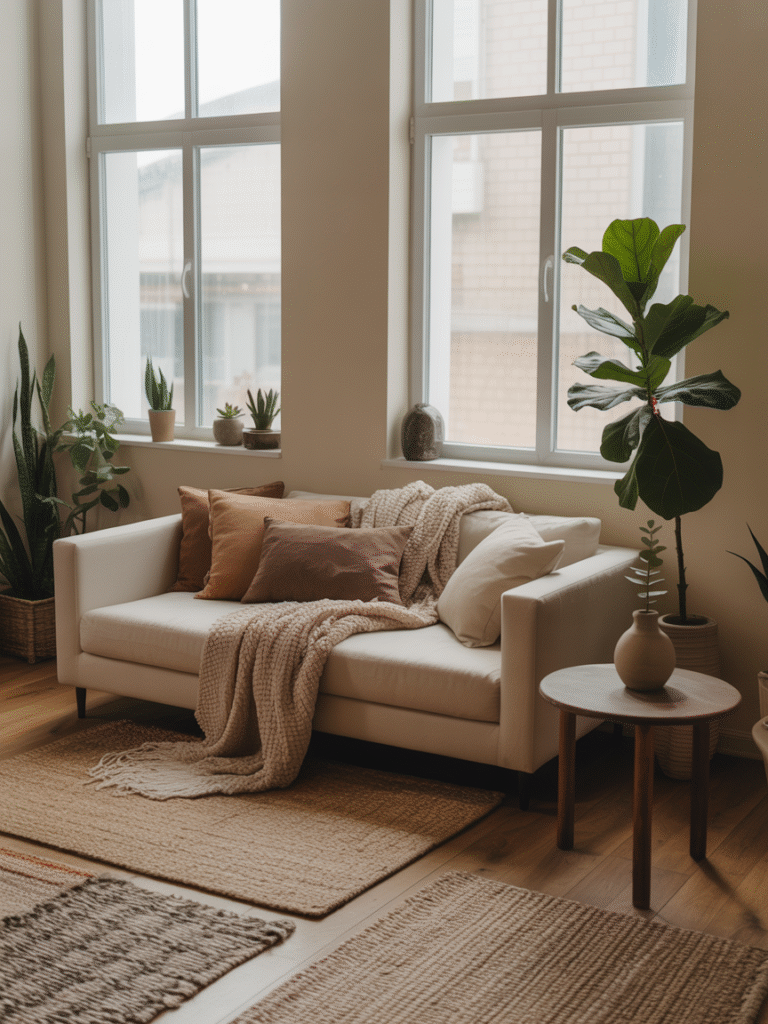
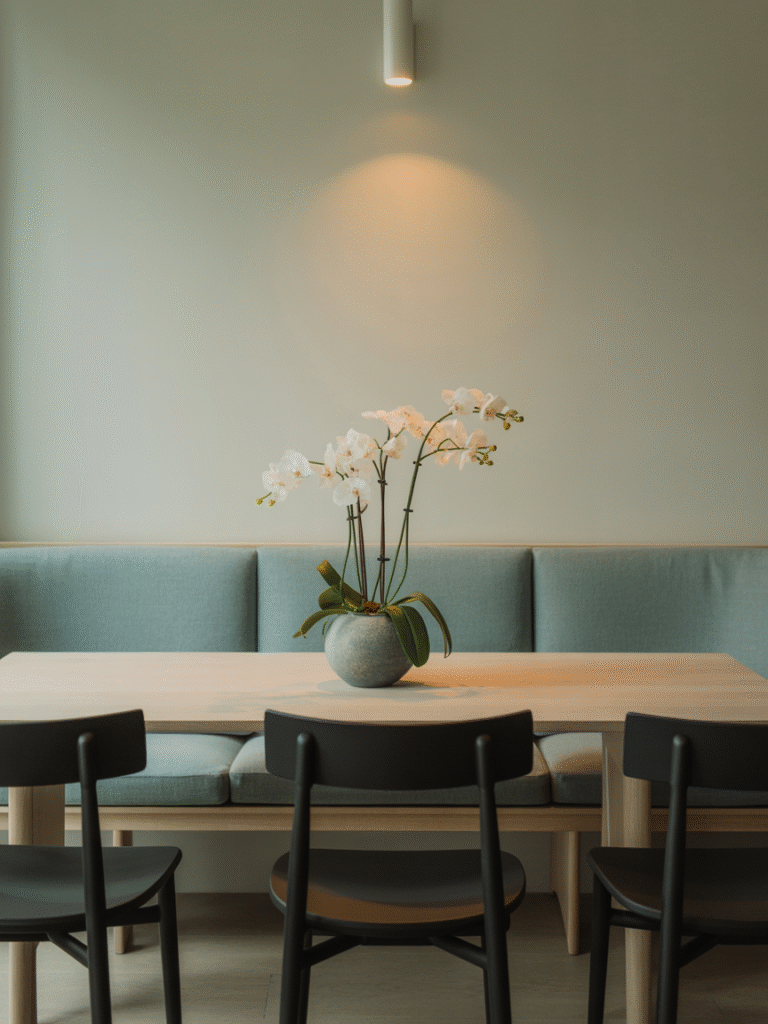
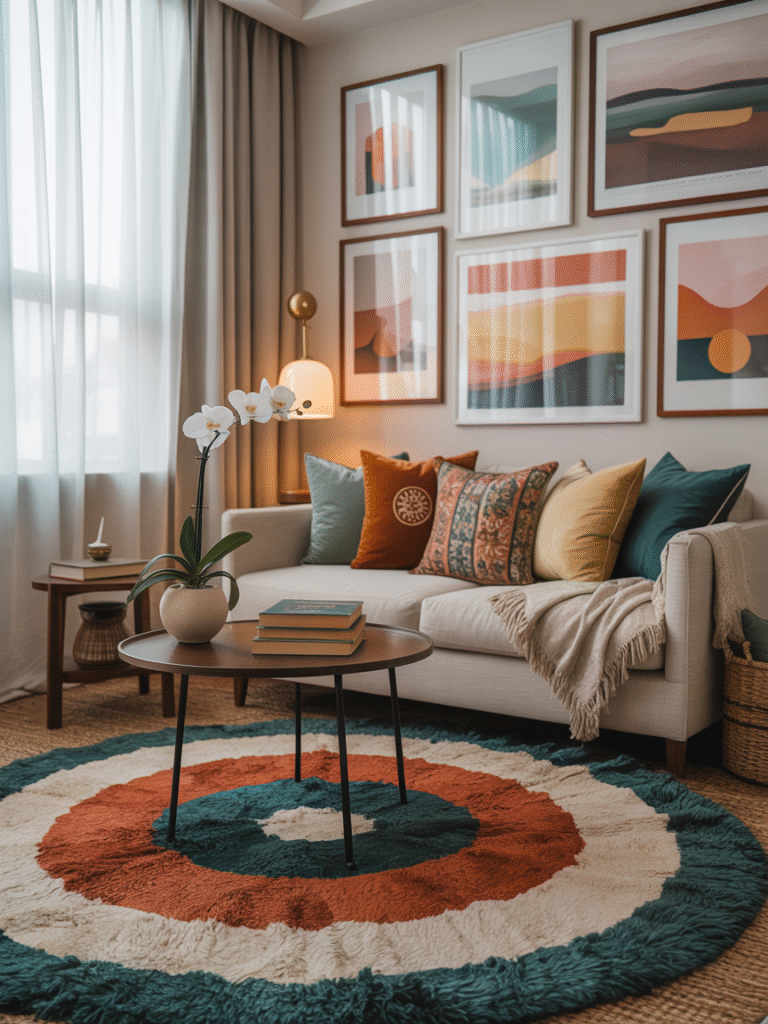
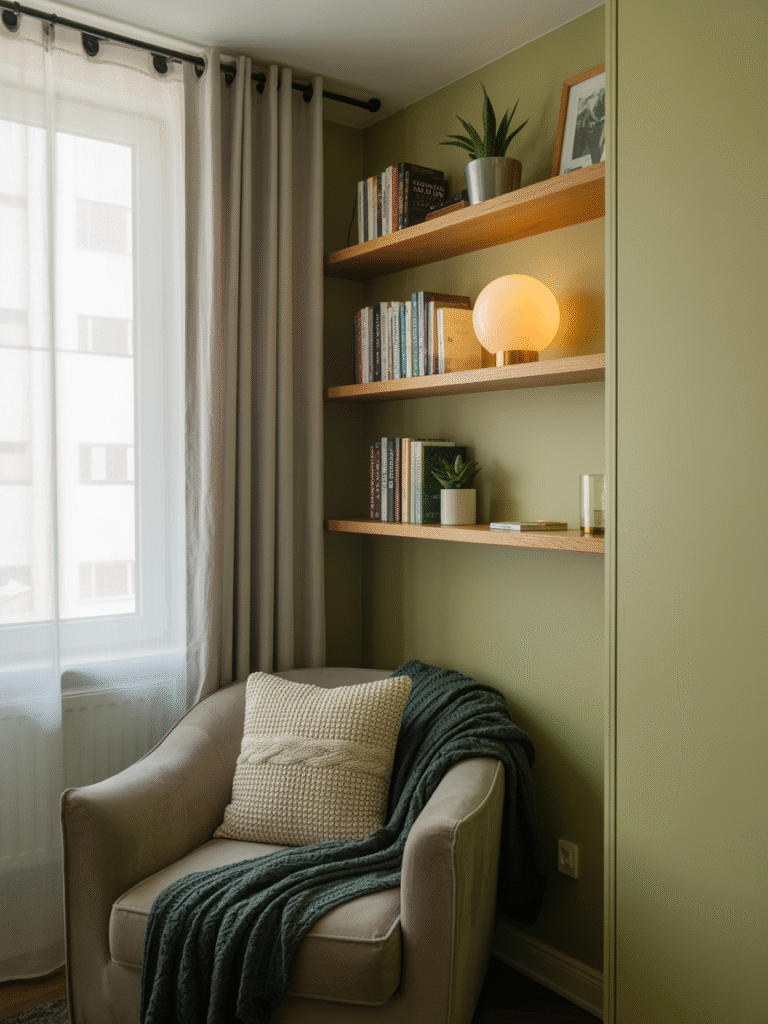
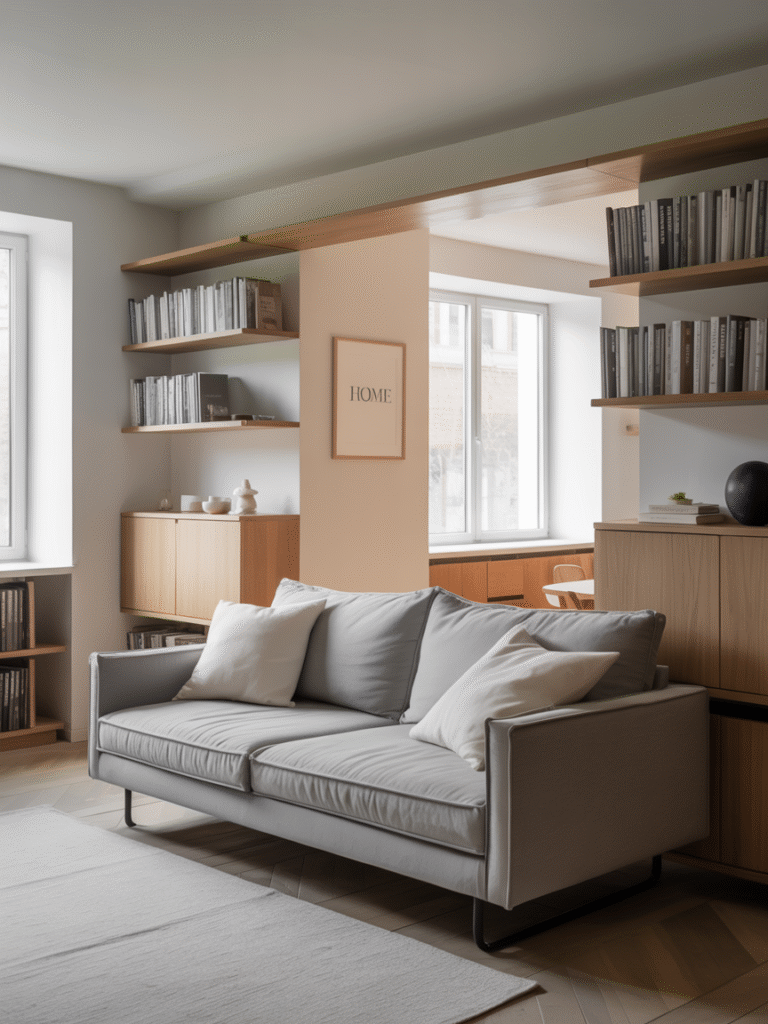
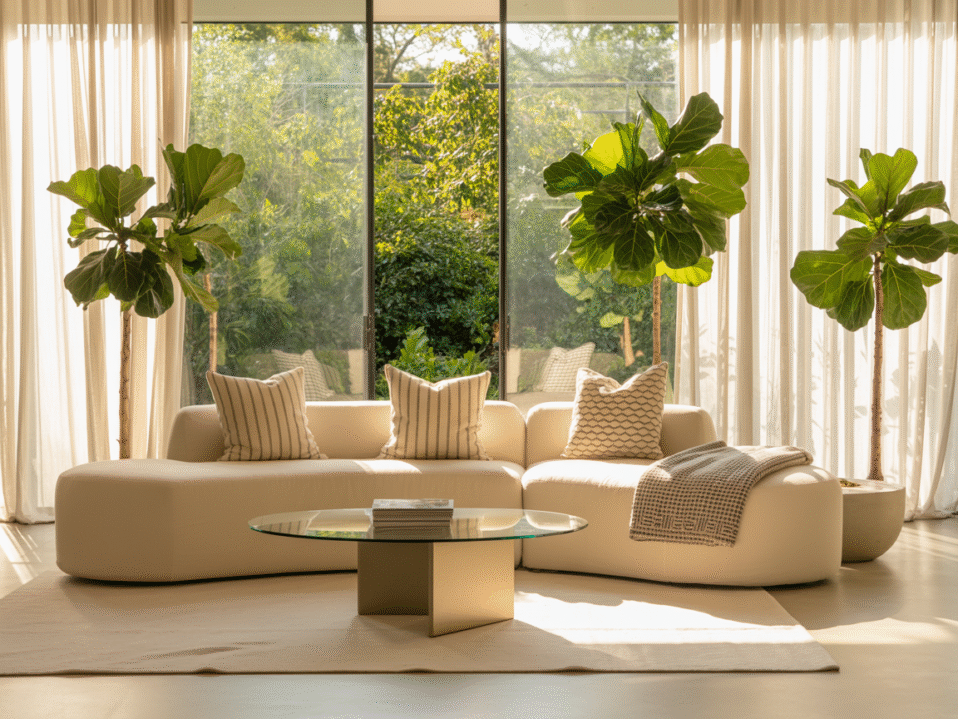
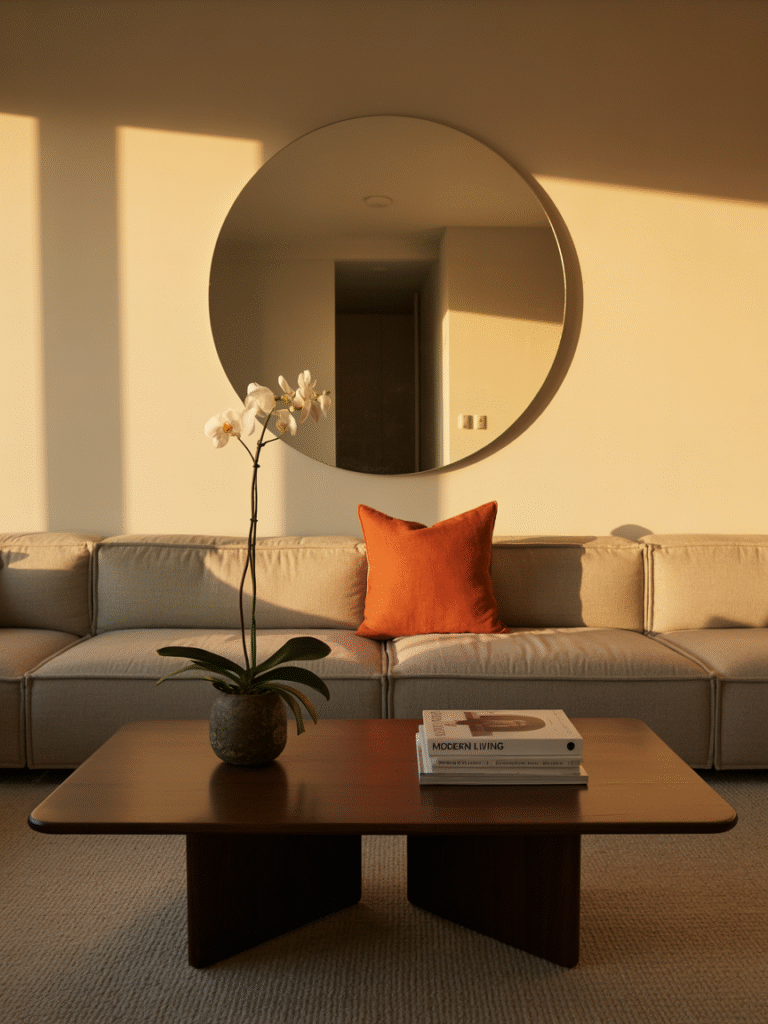
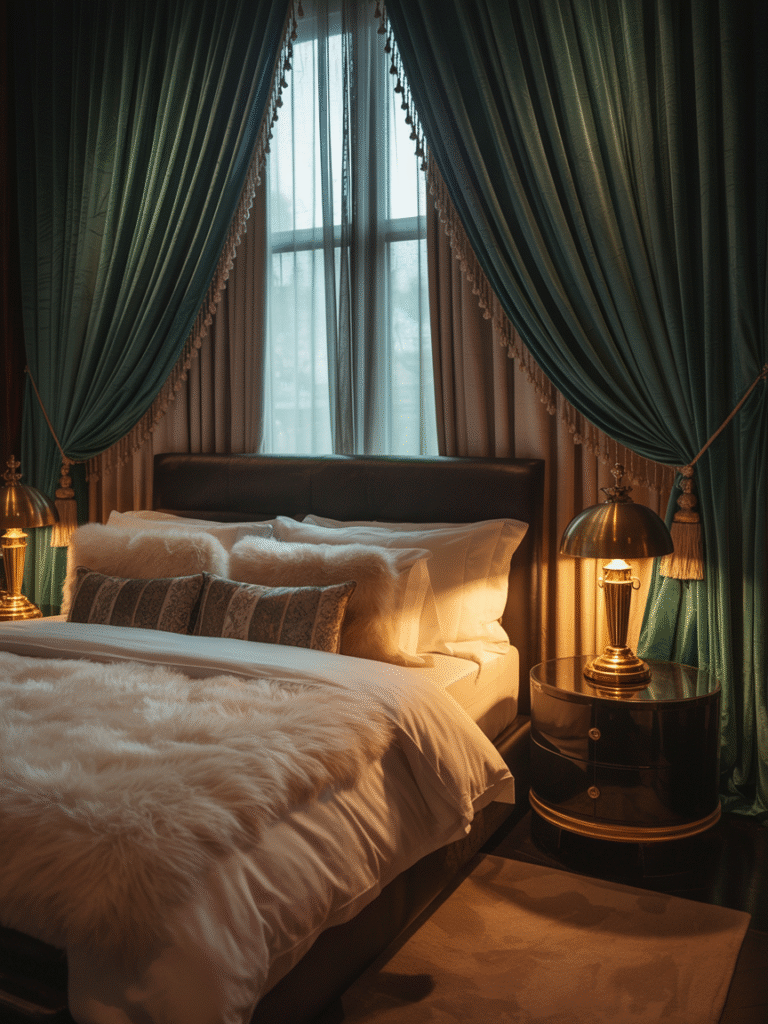
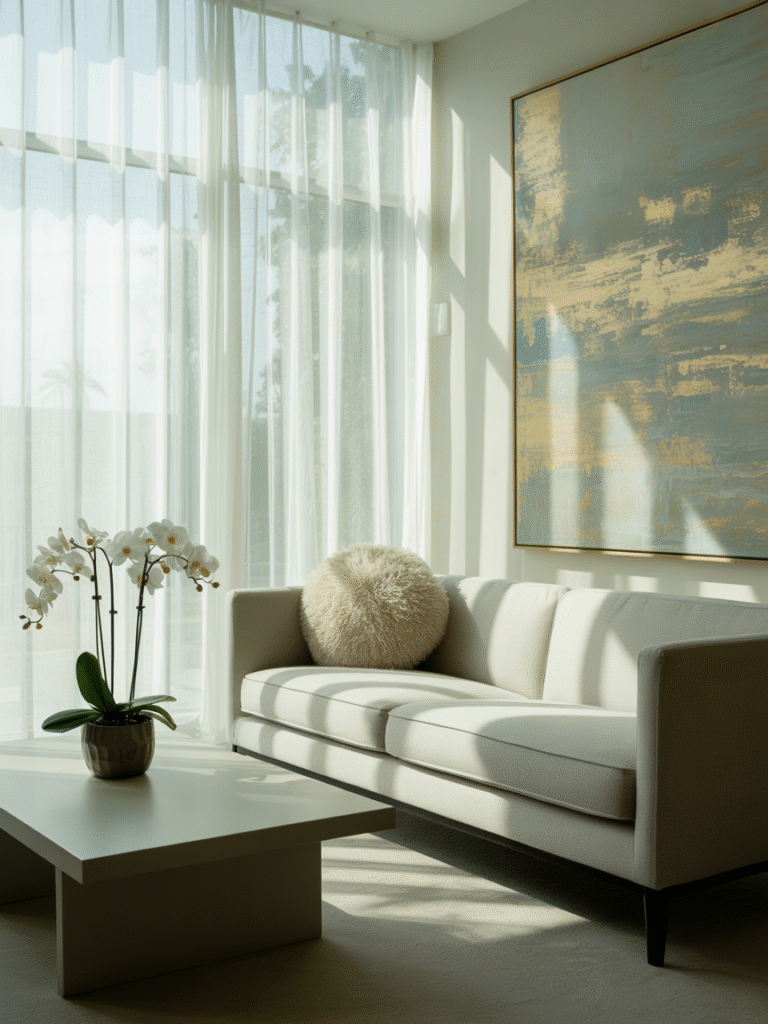
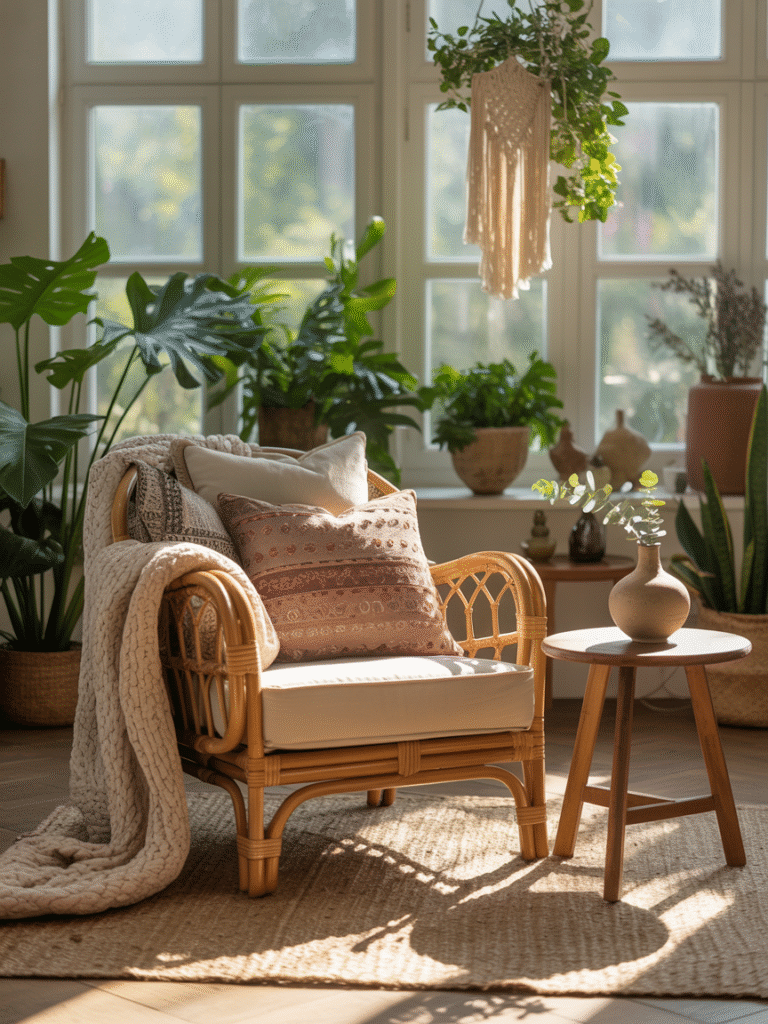

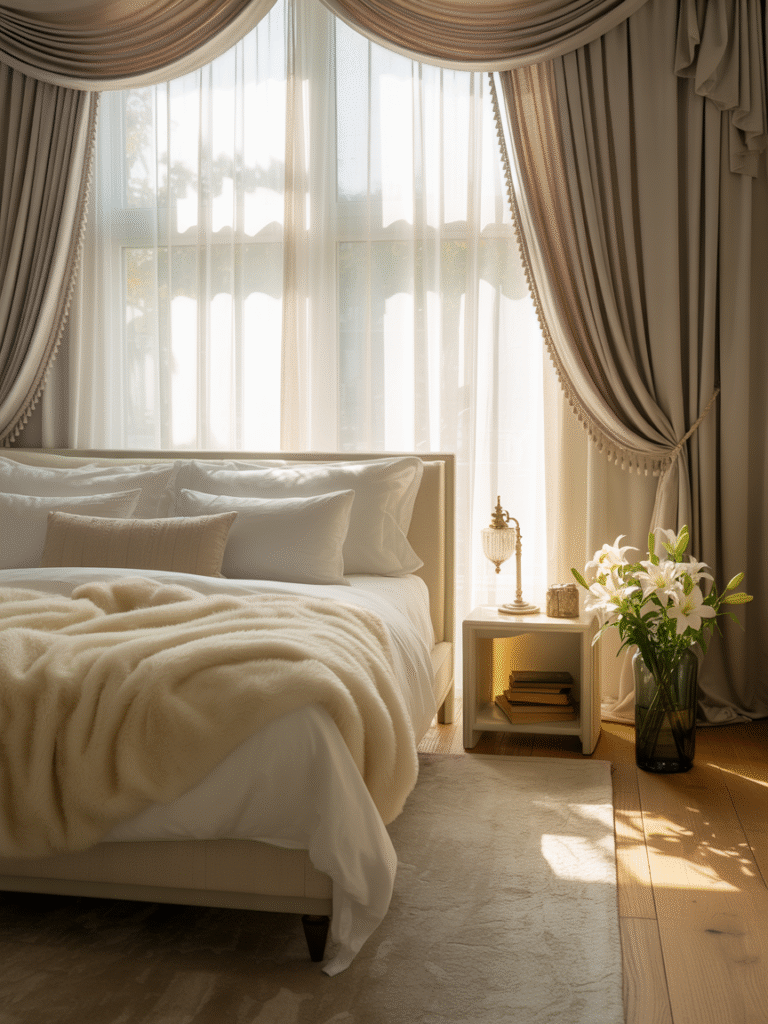
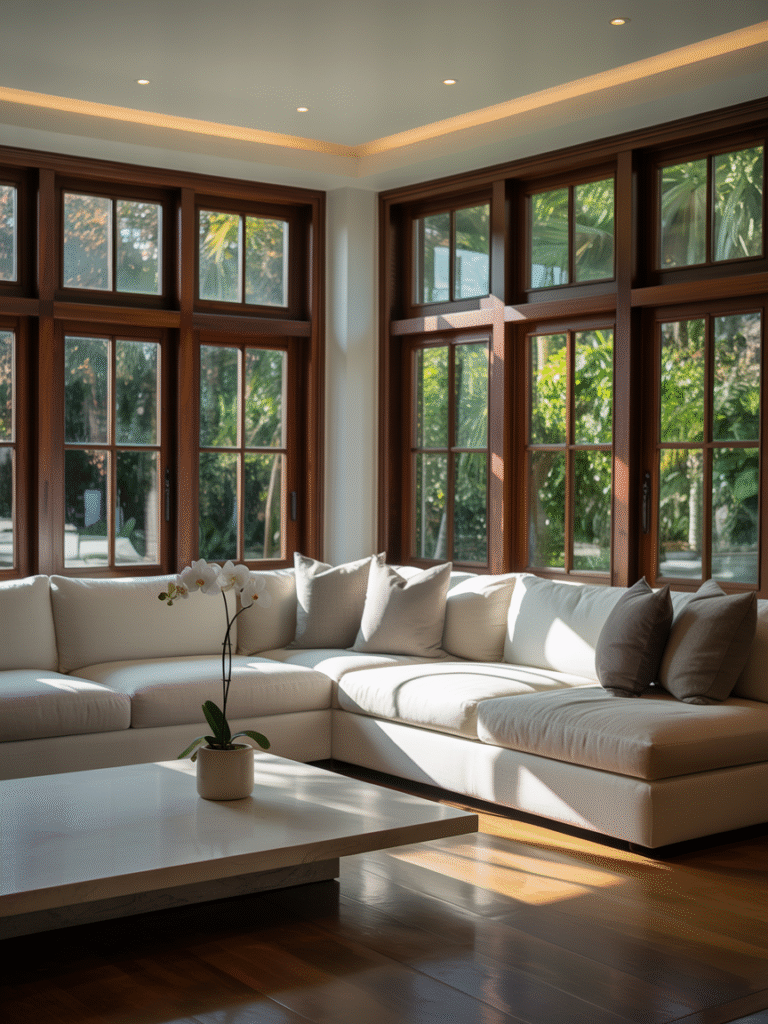
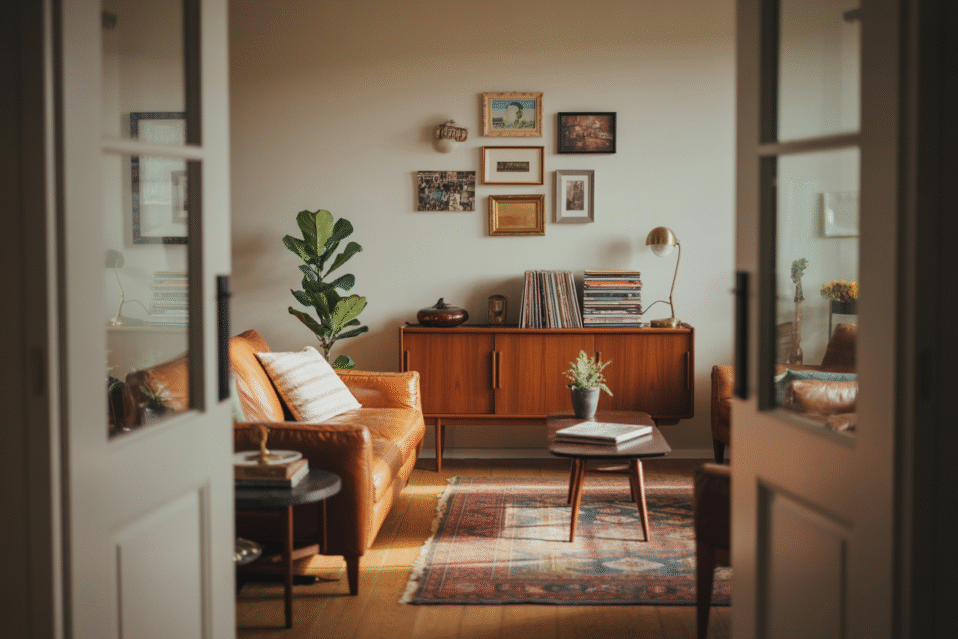
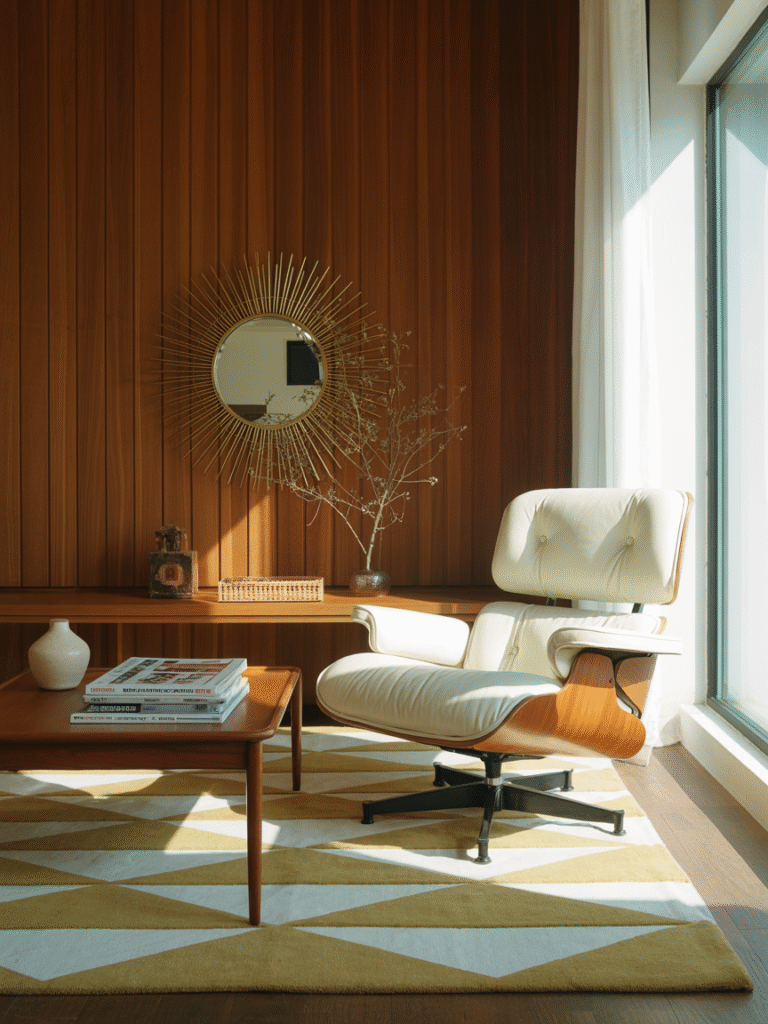
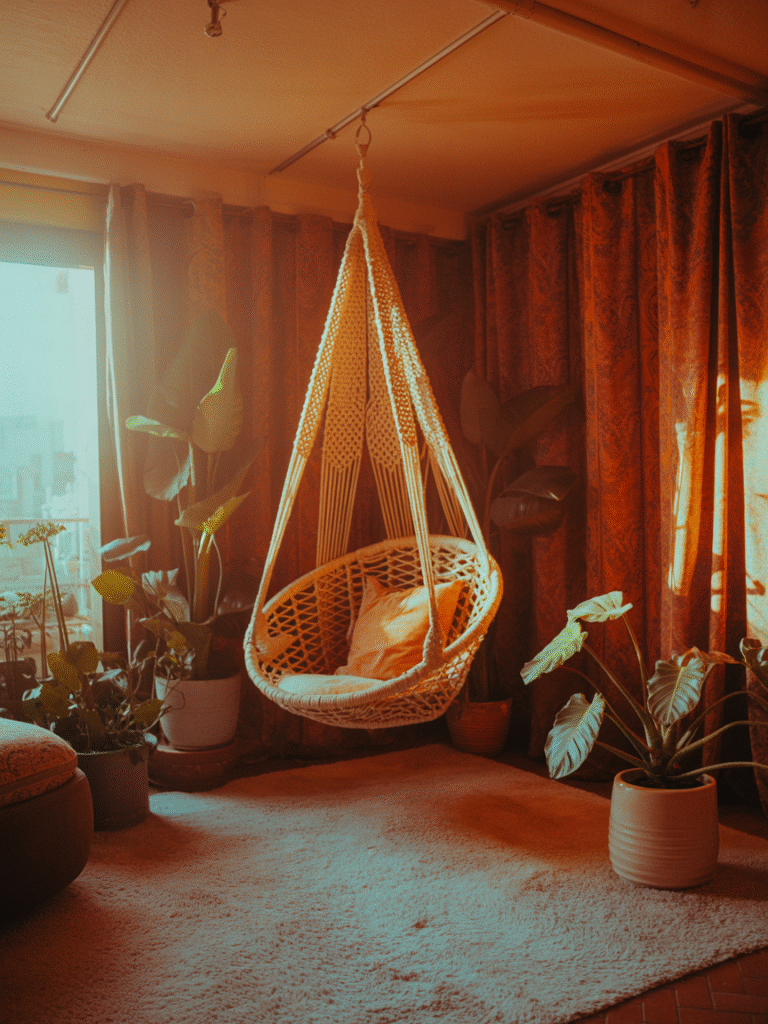
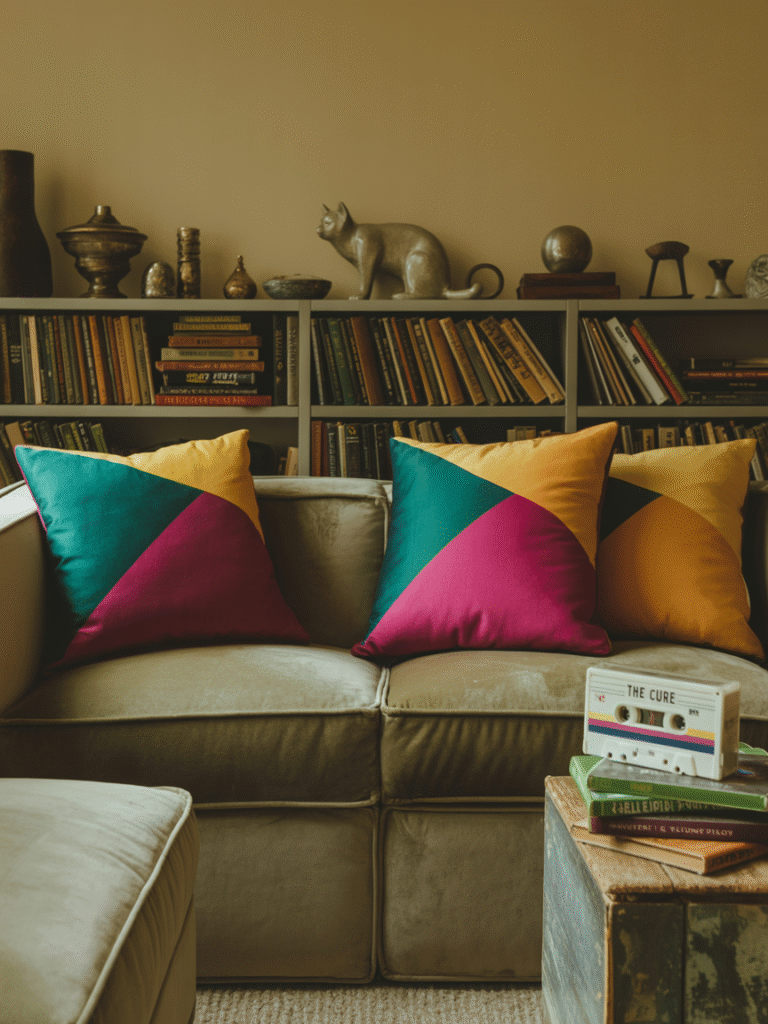
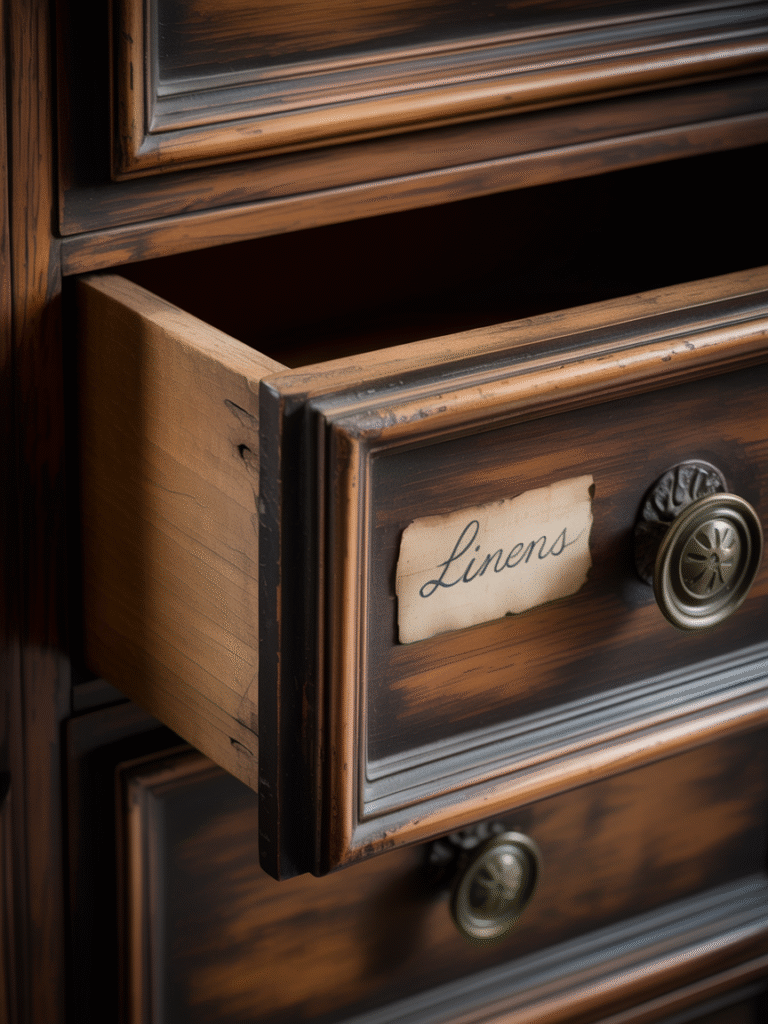
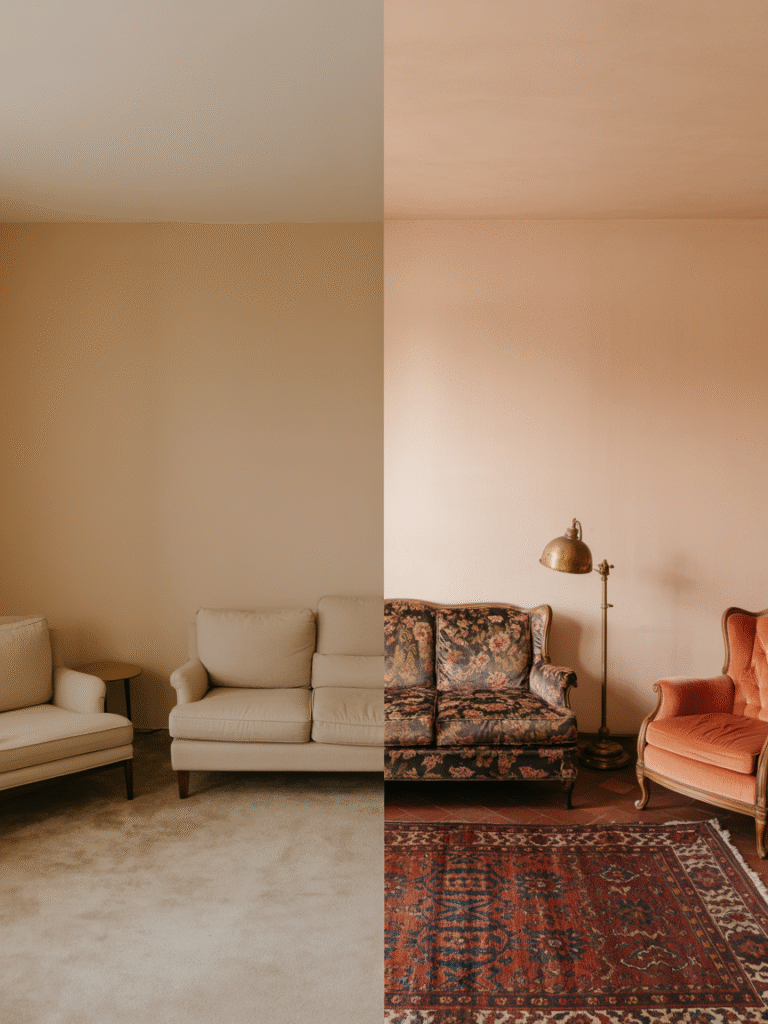
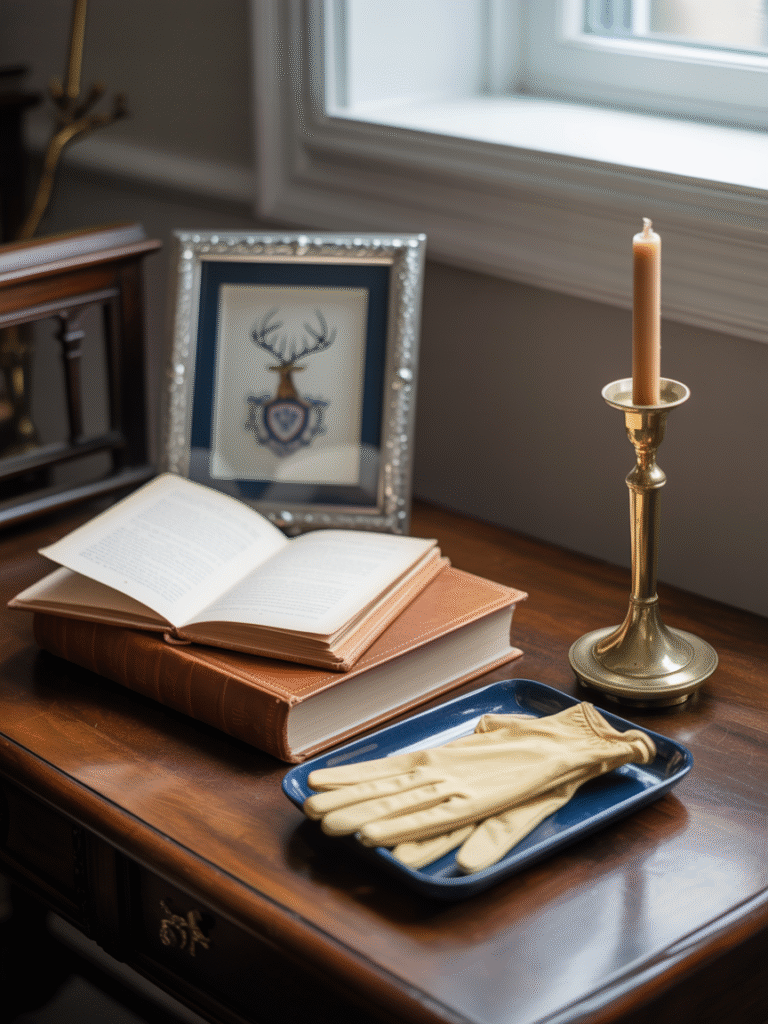

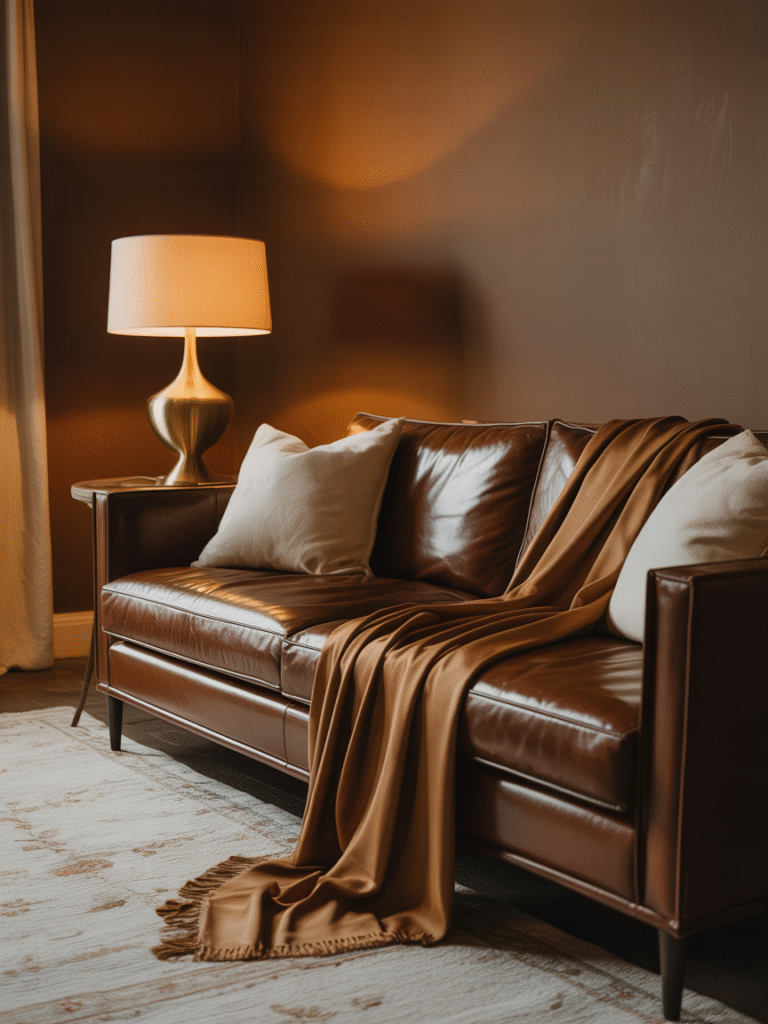
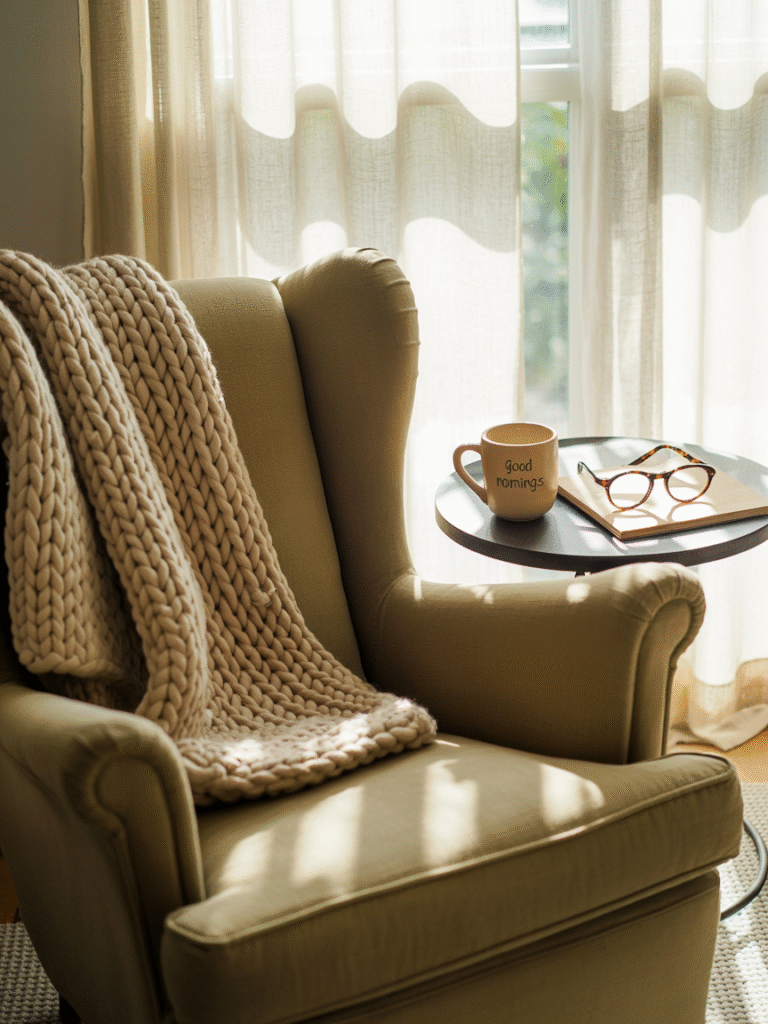
Recent Comments